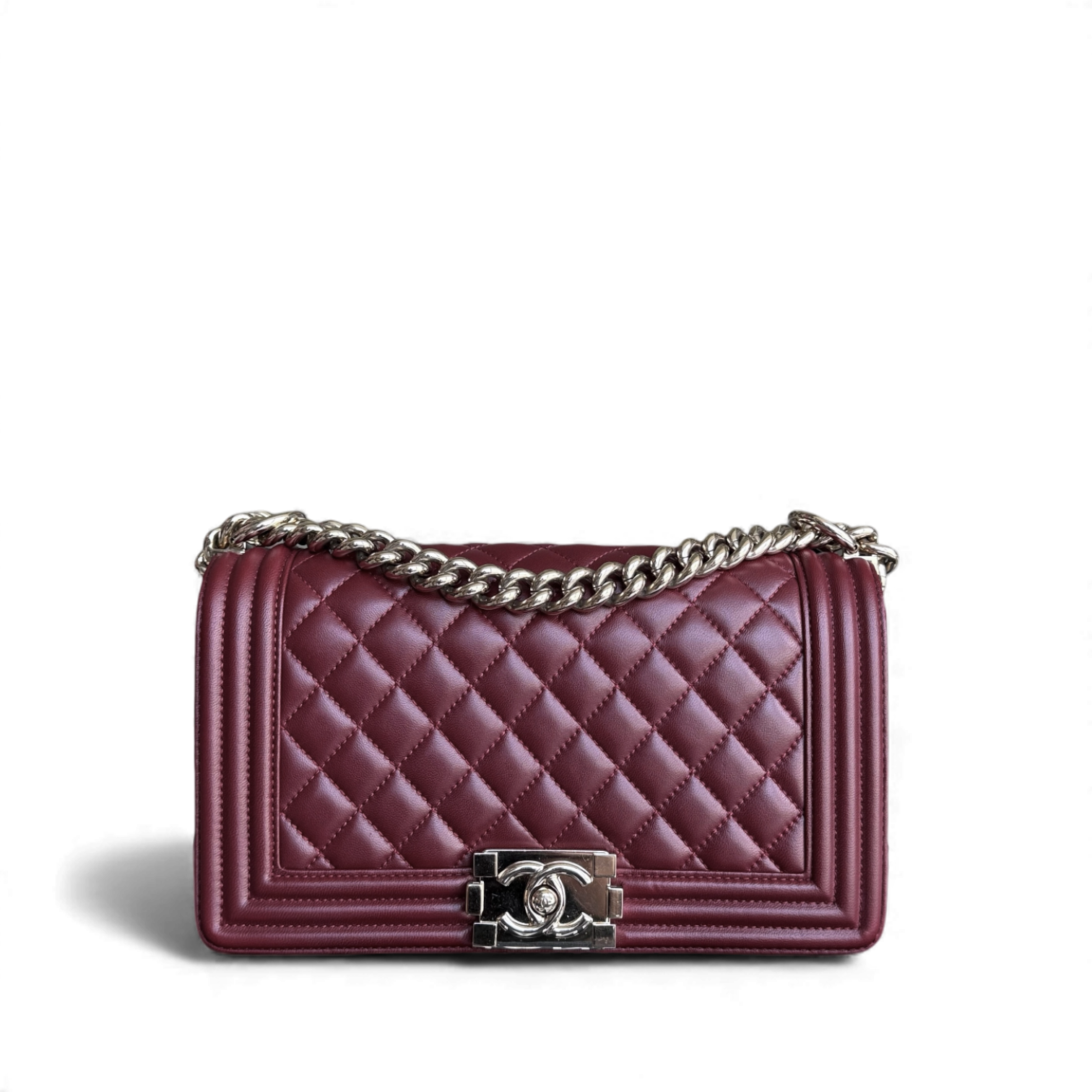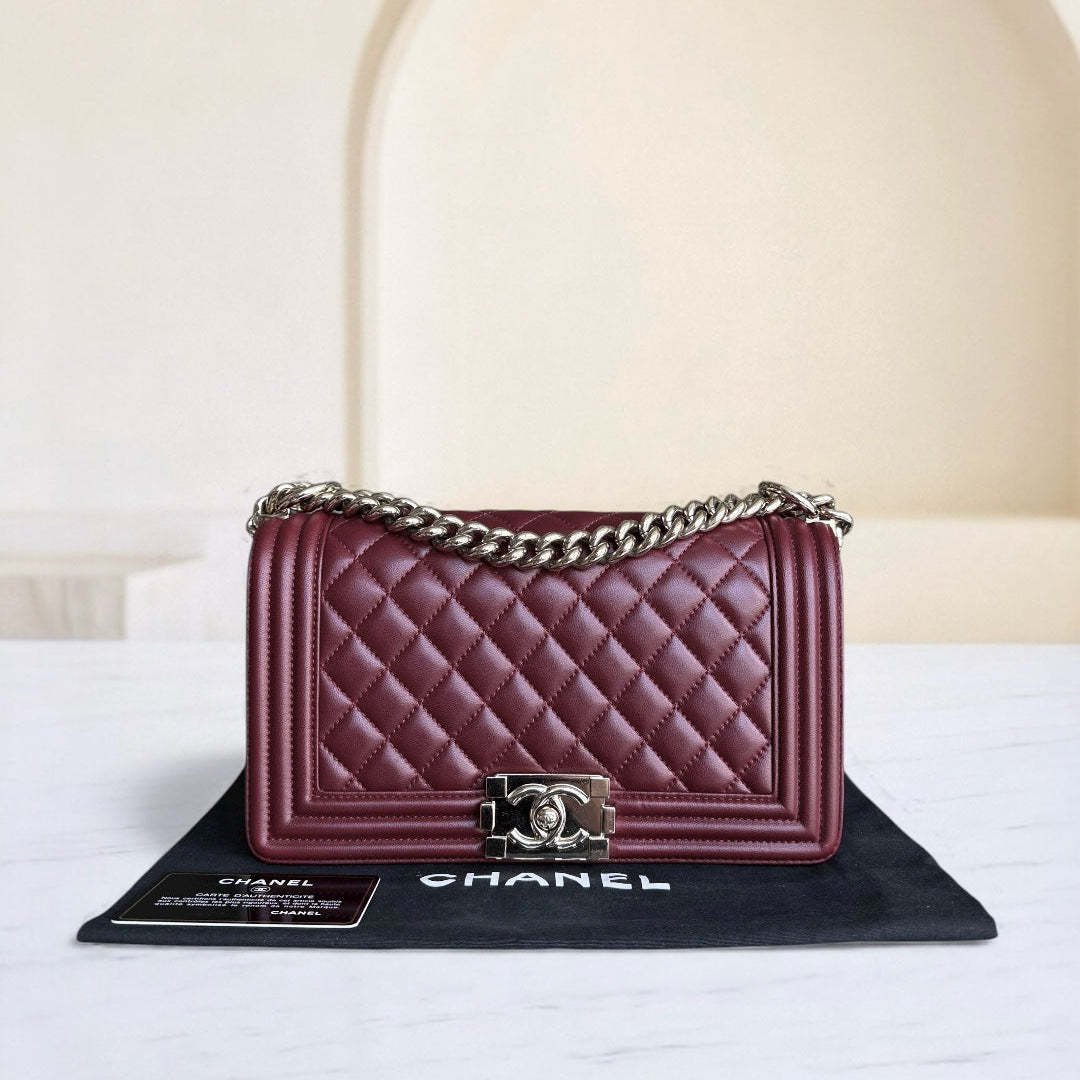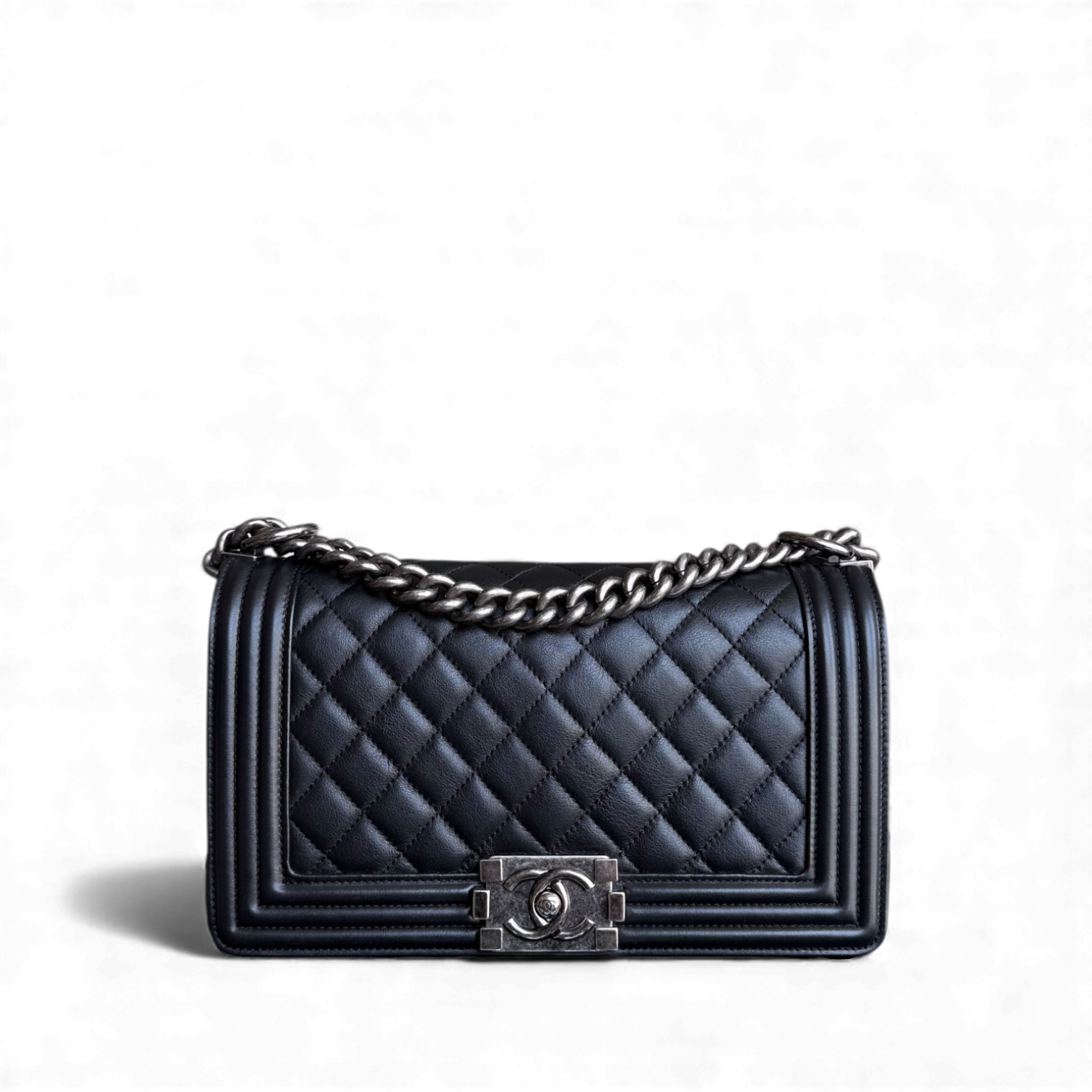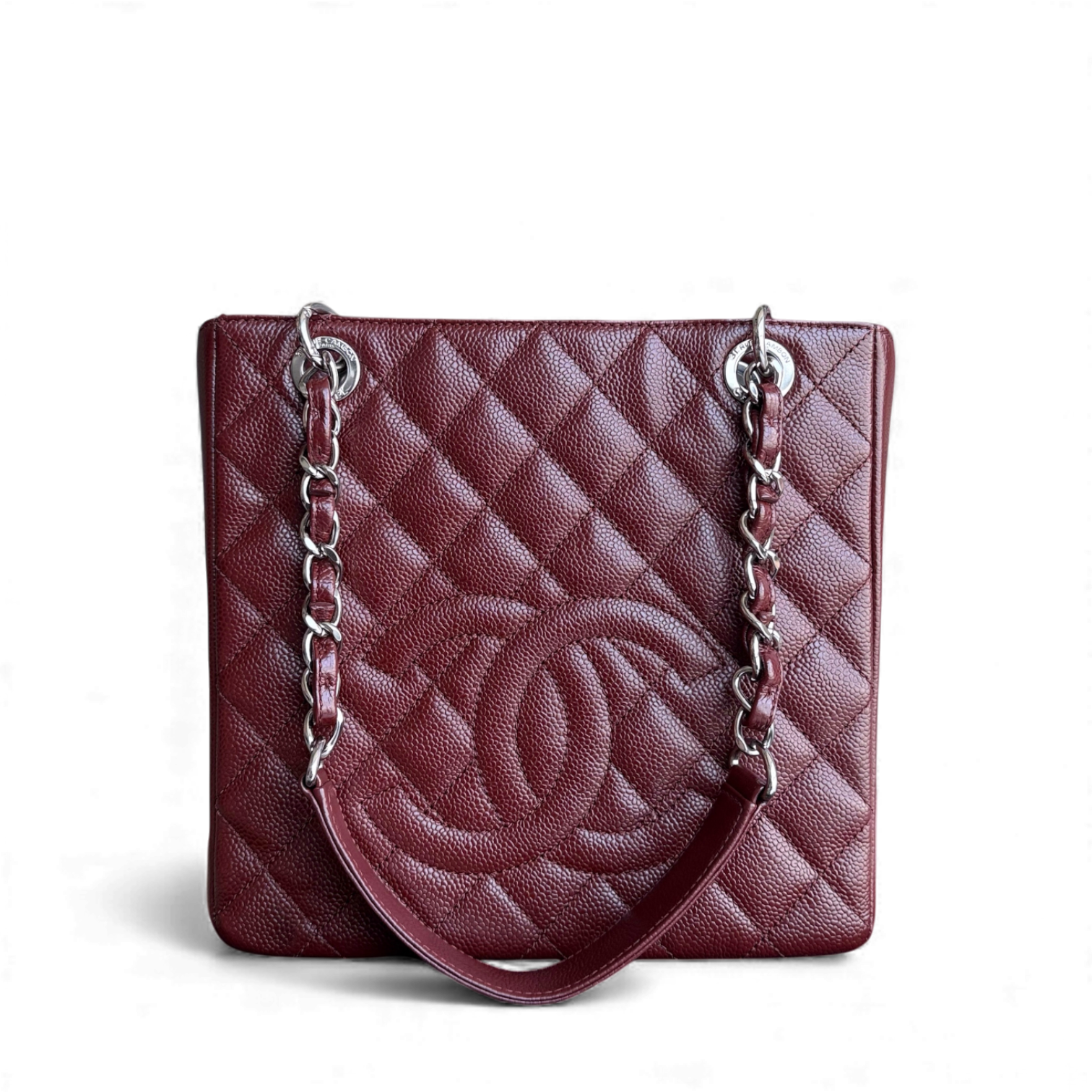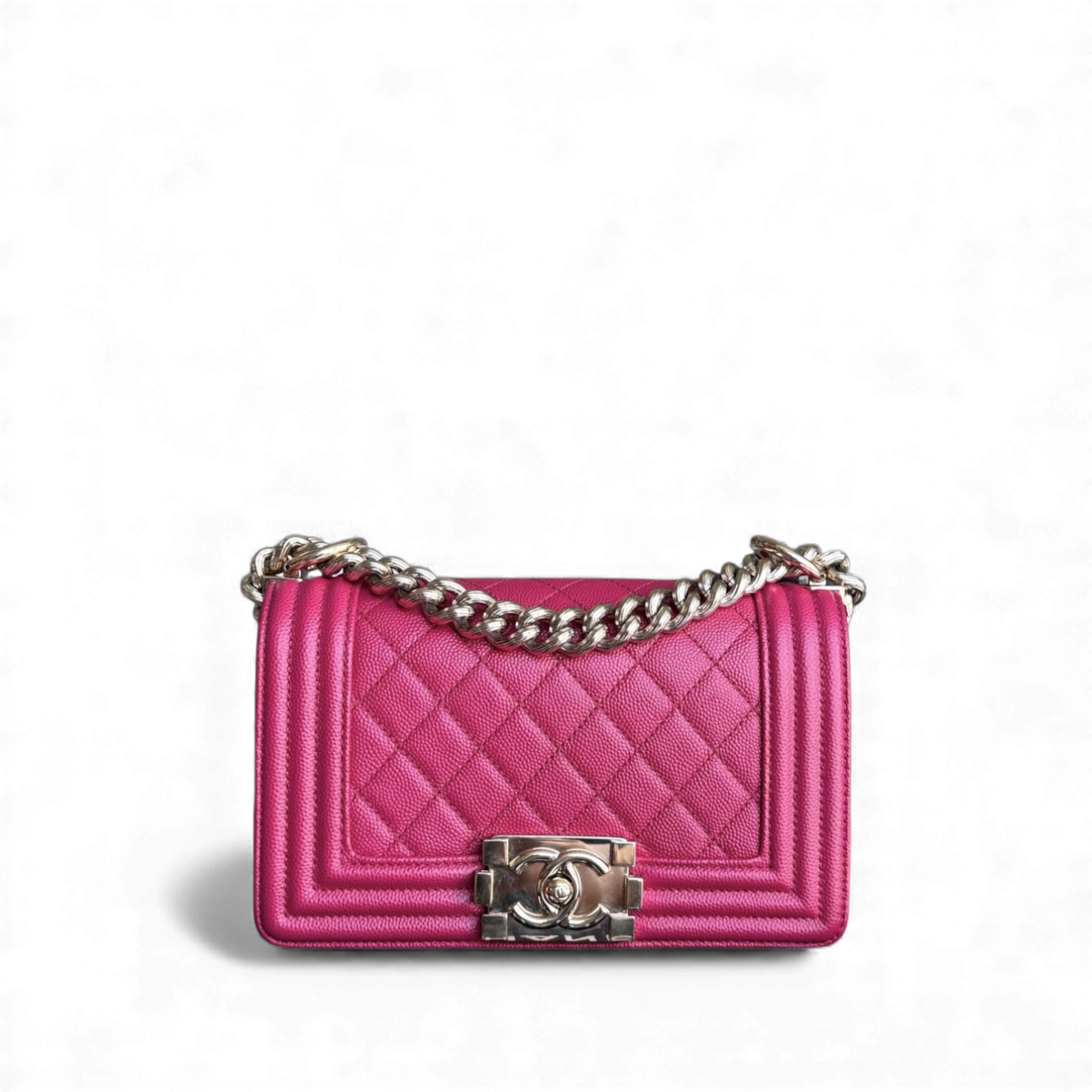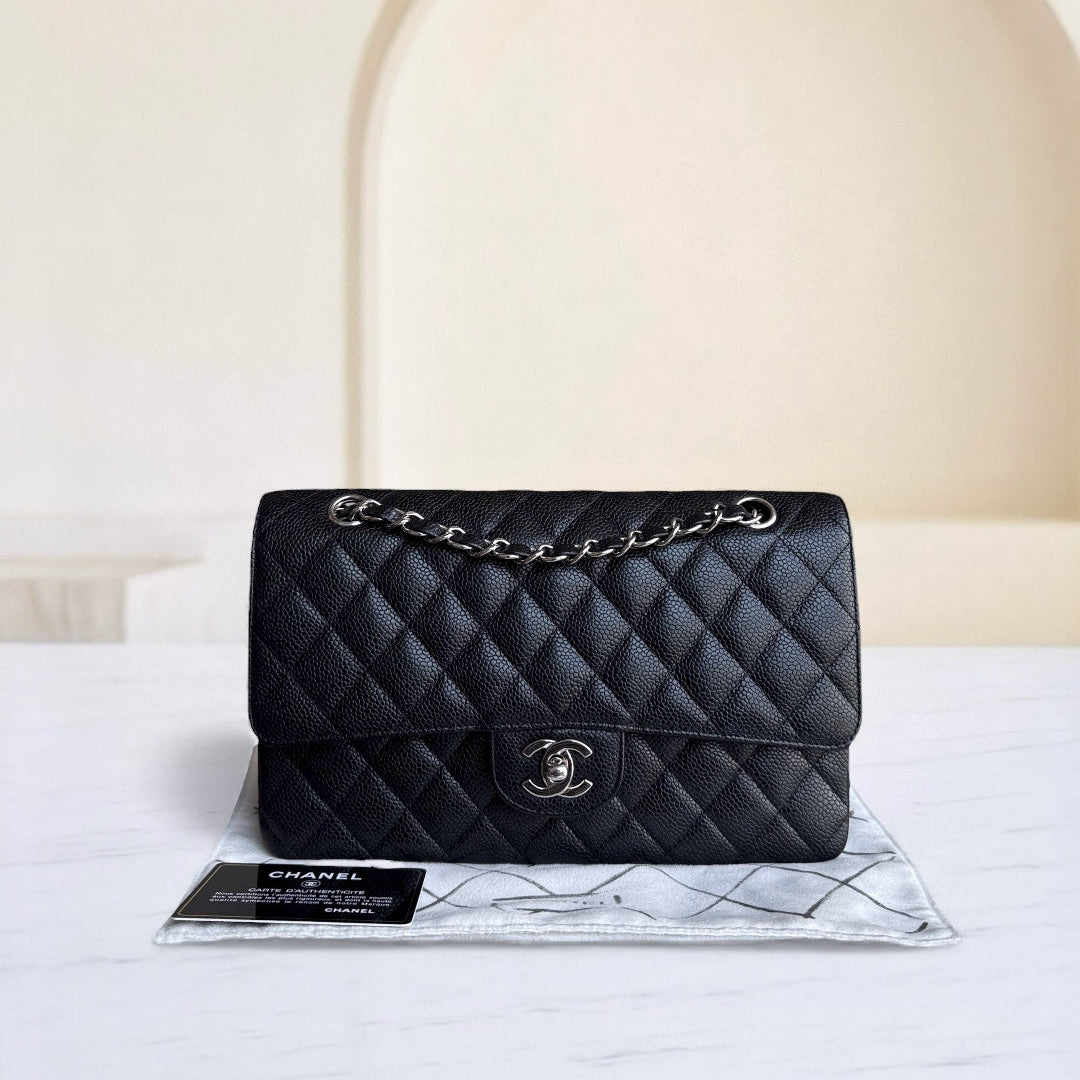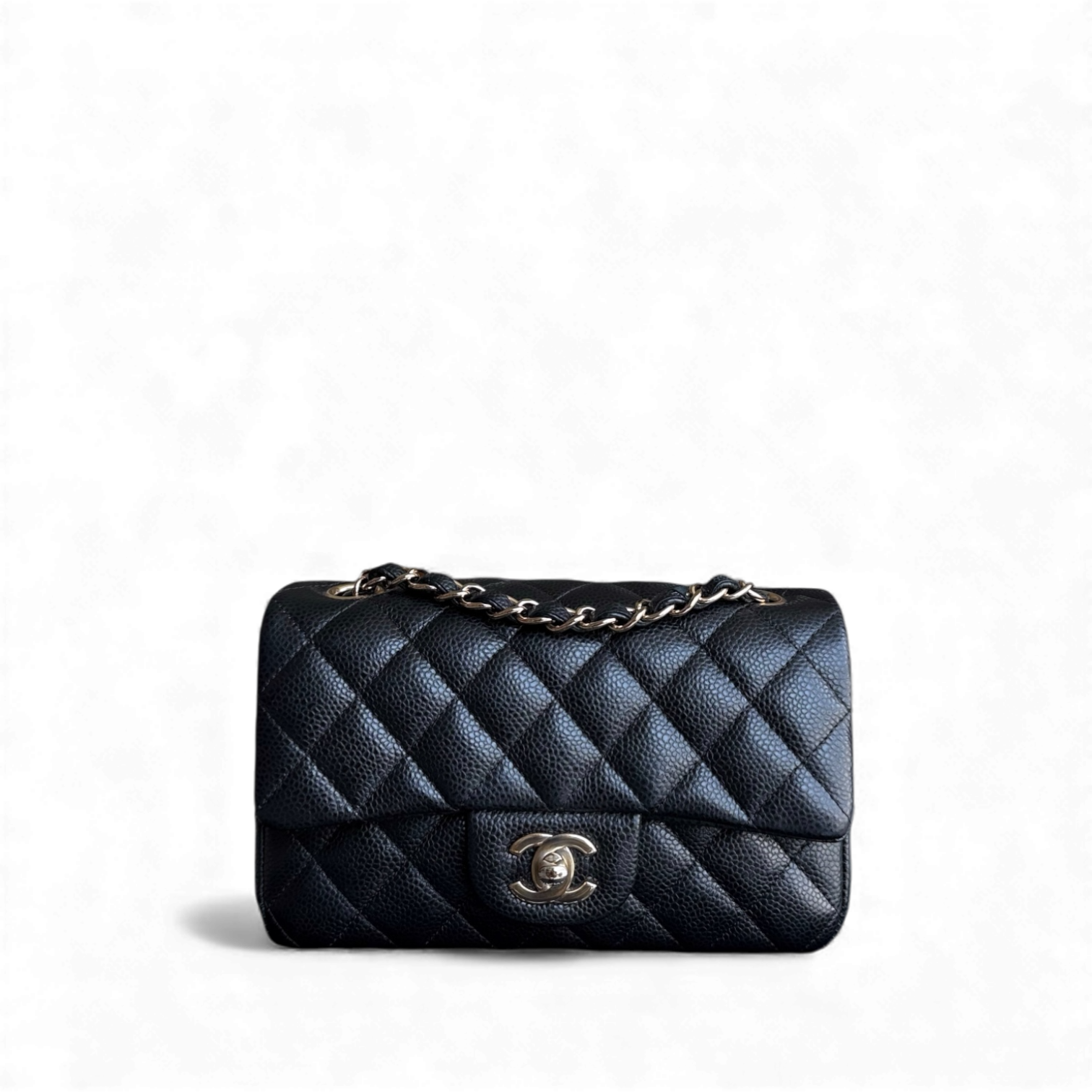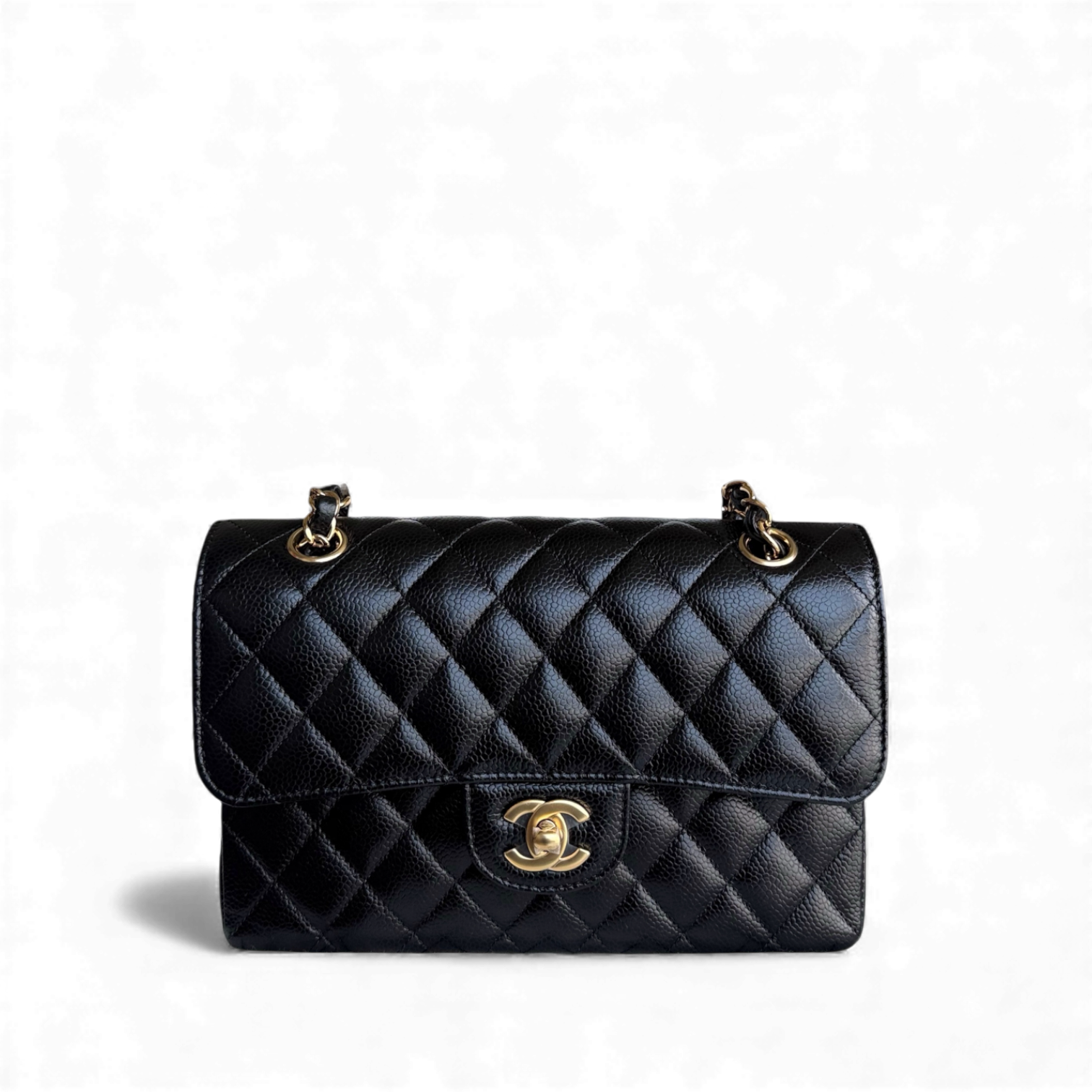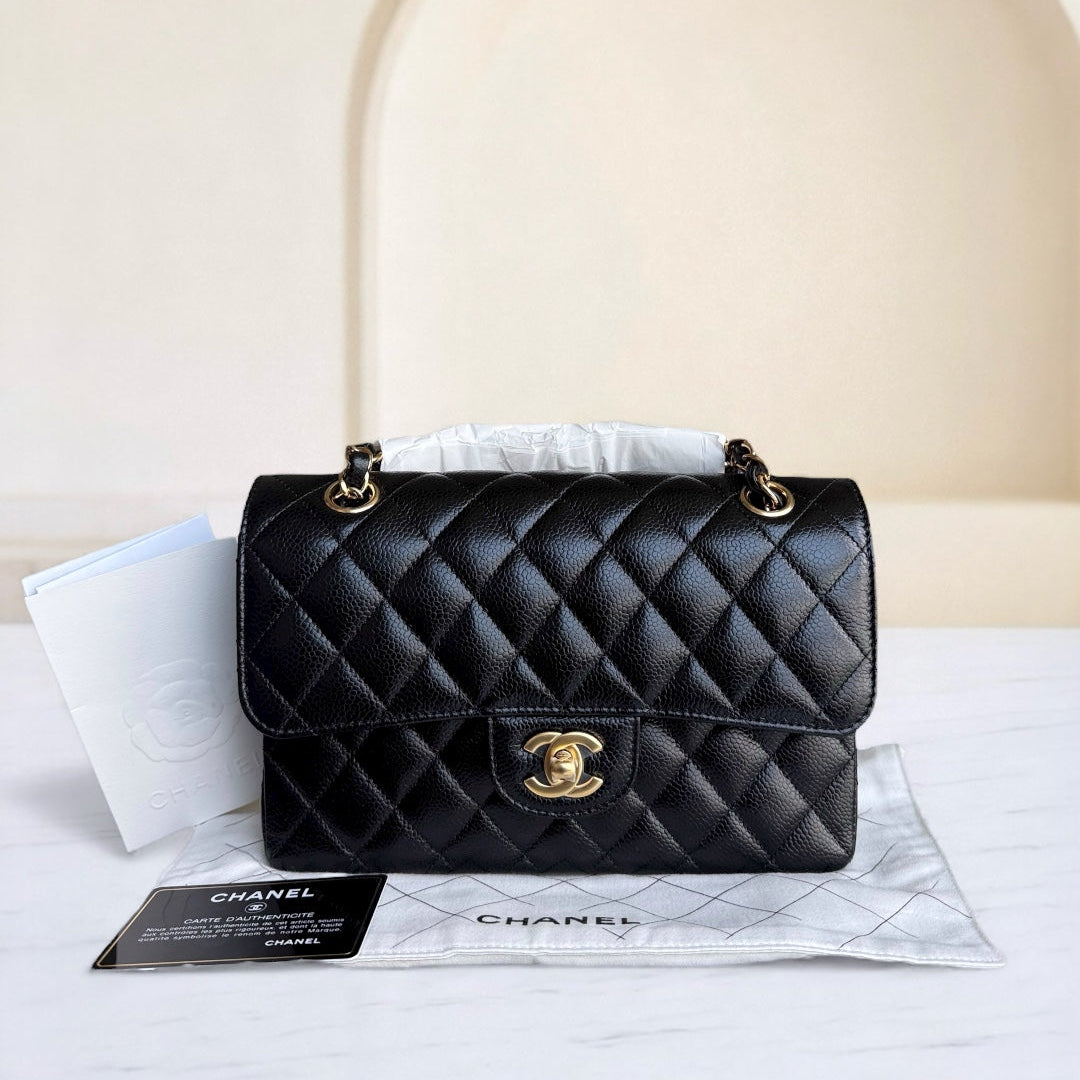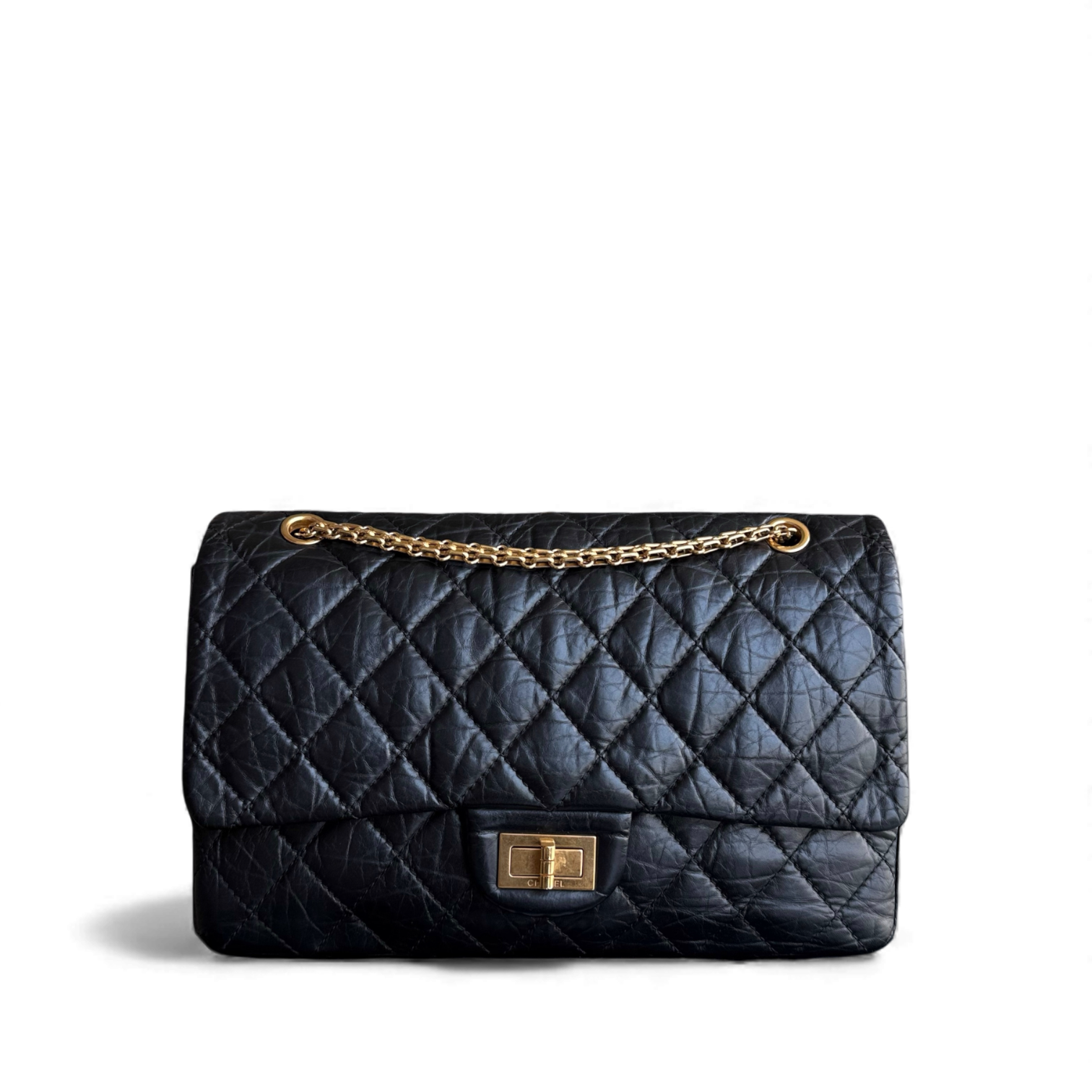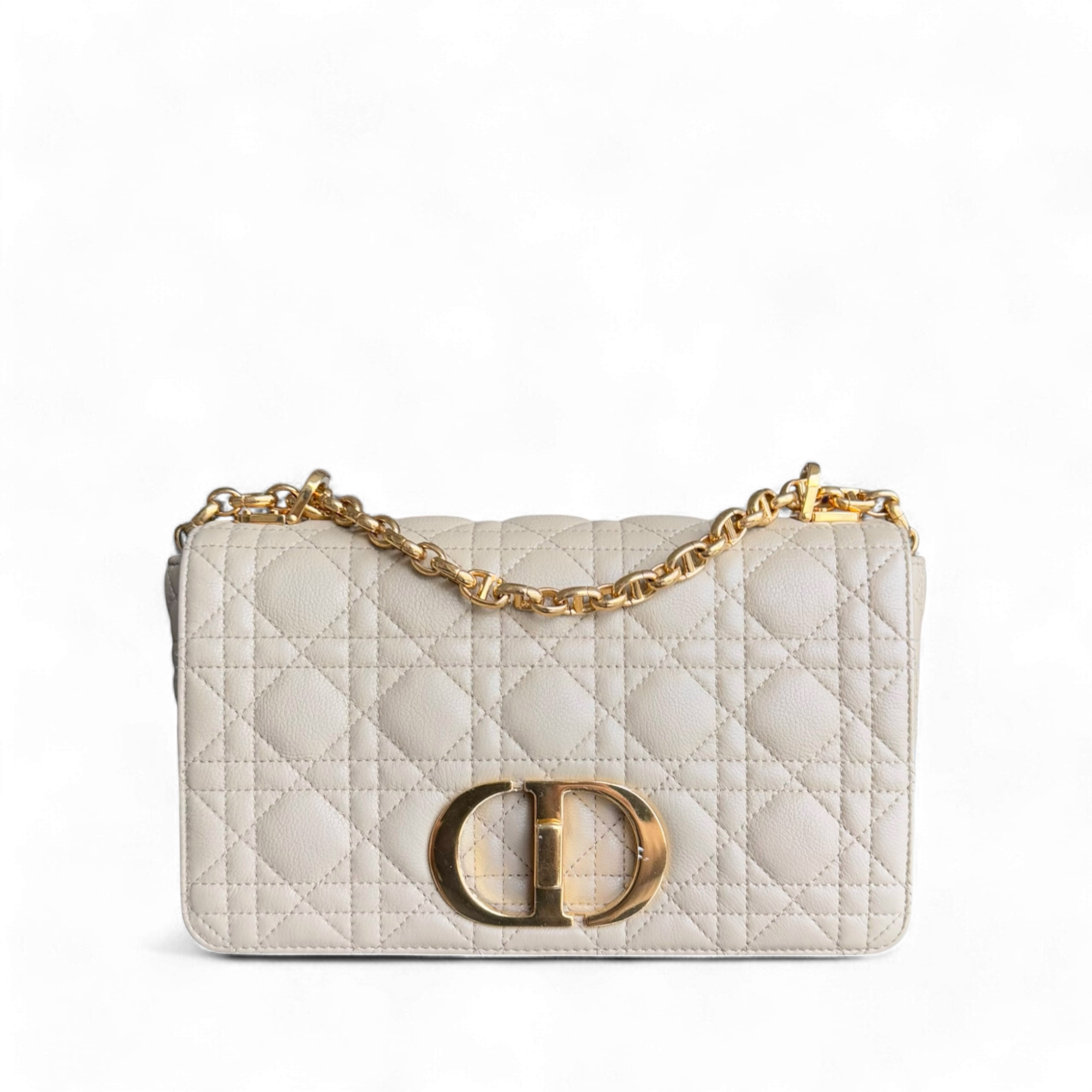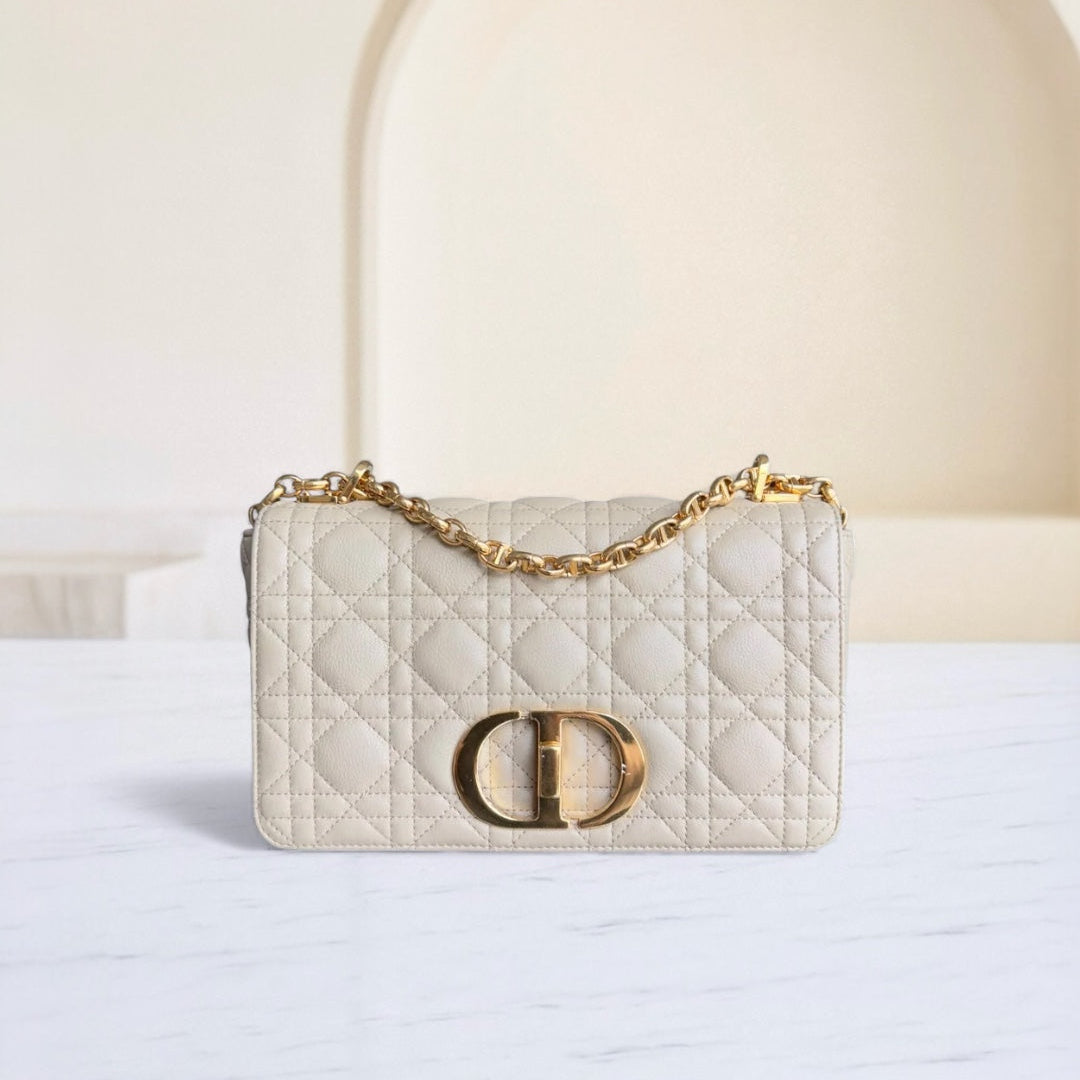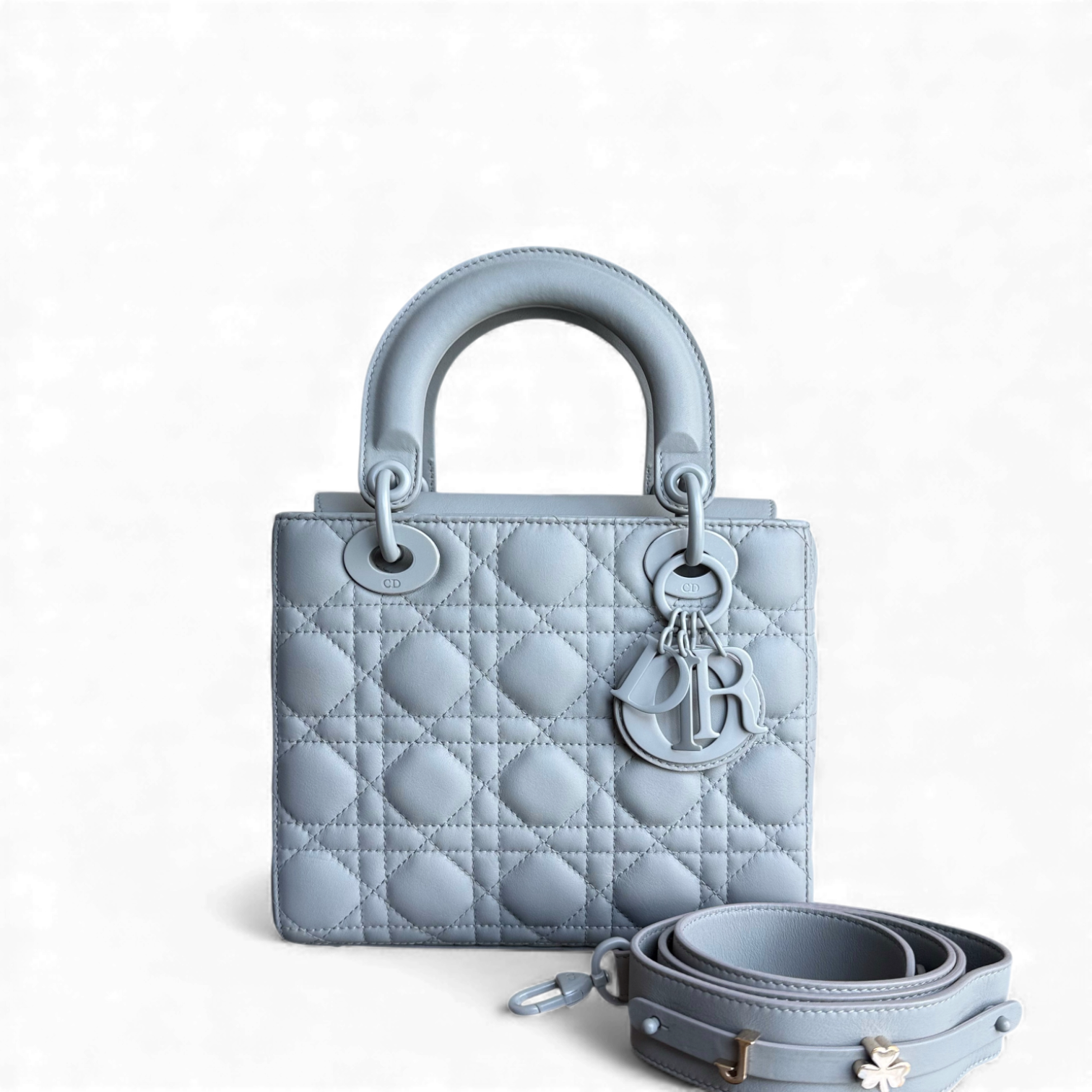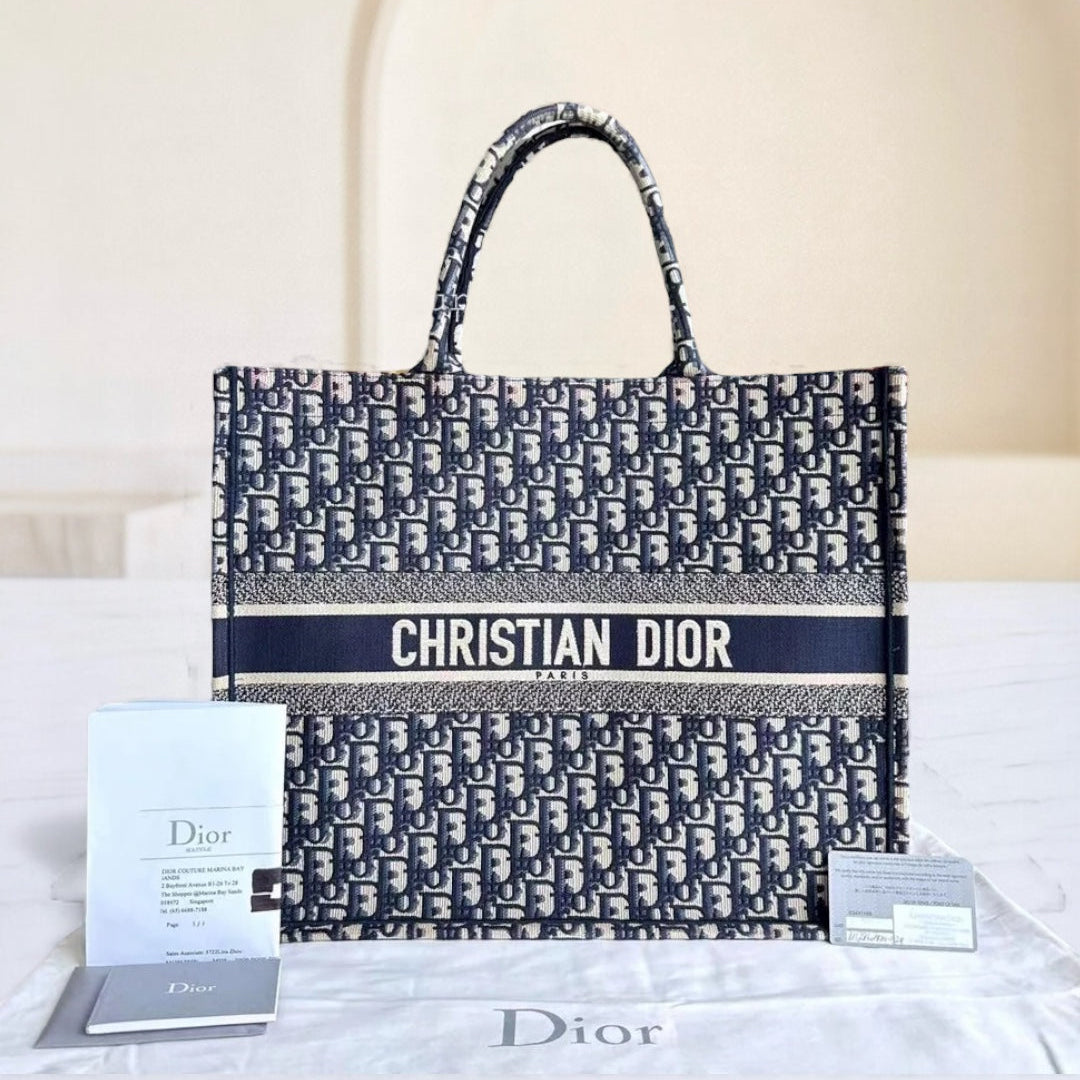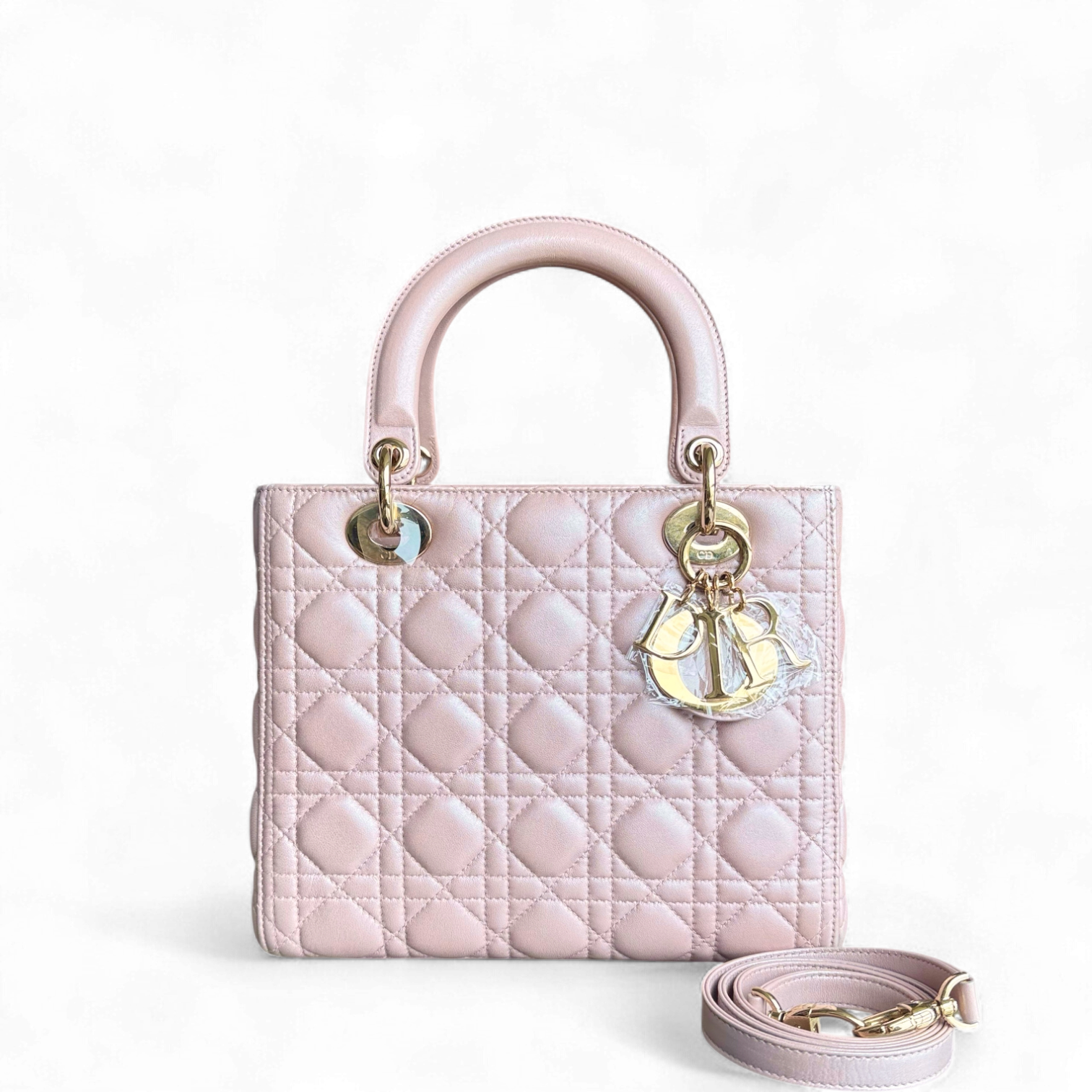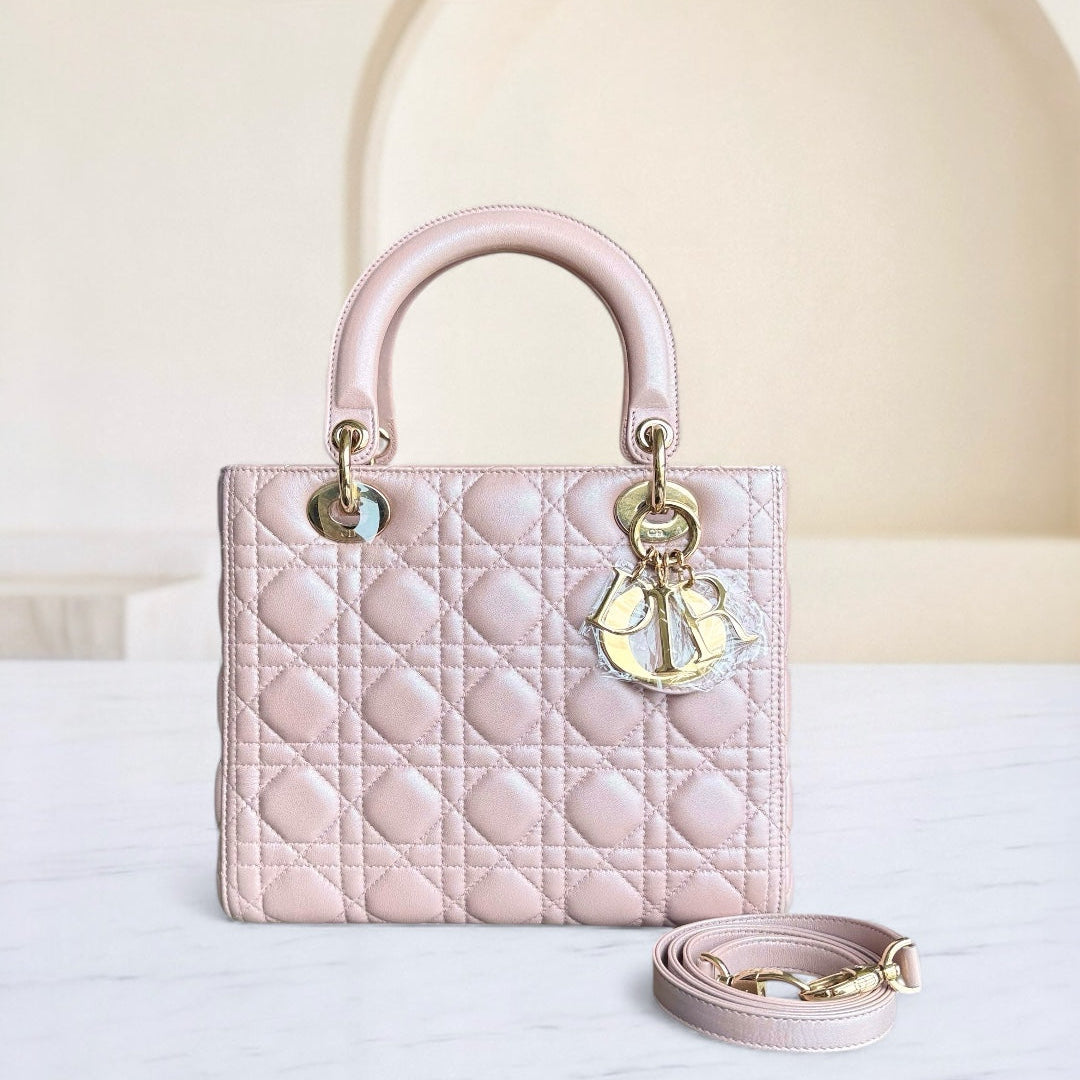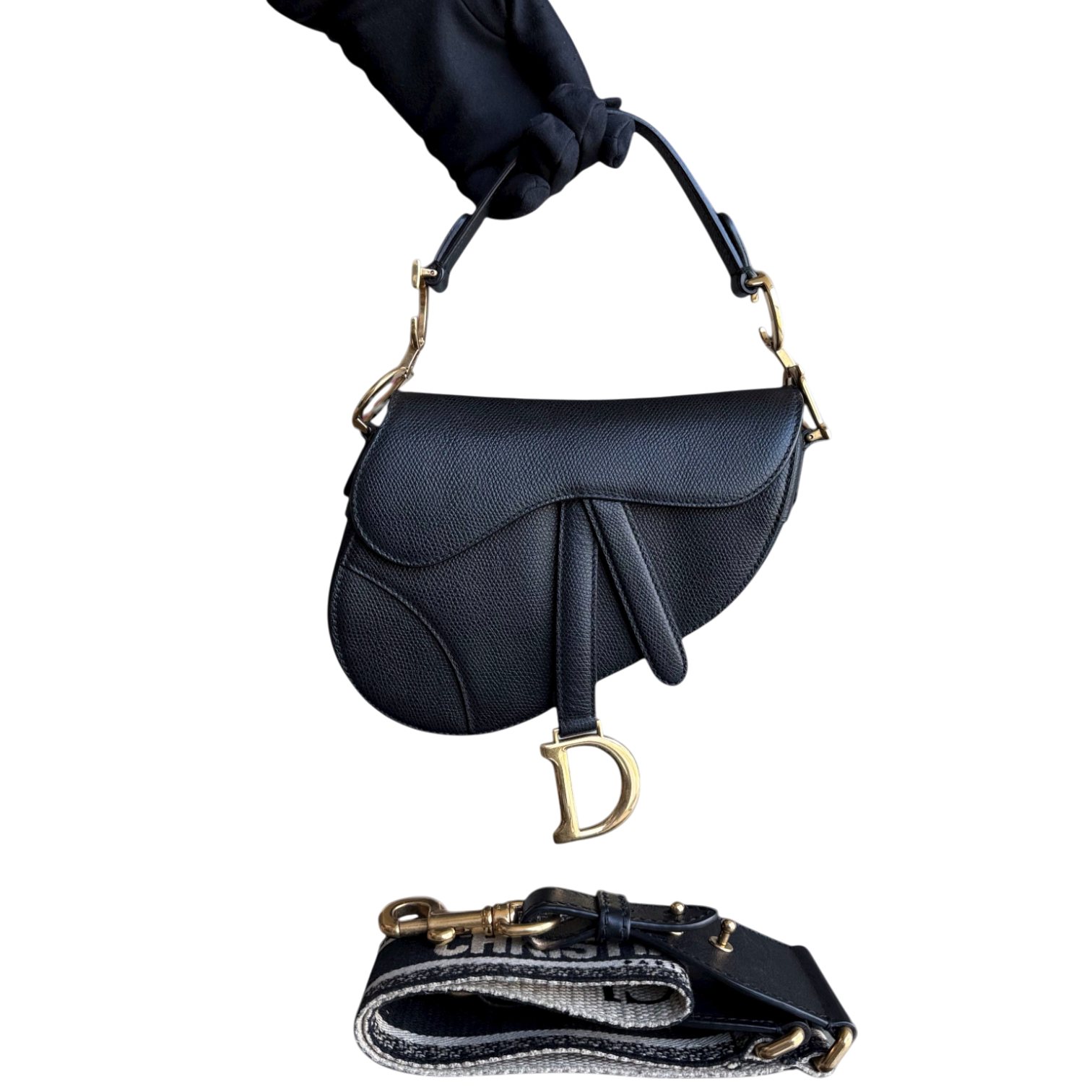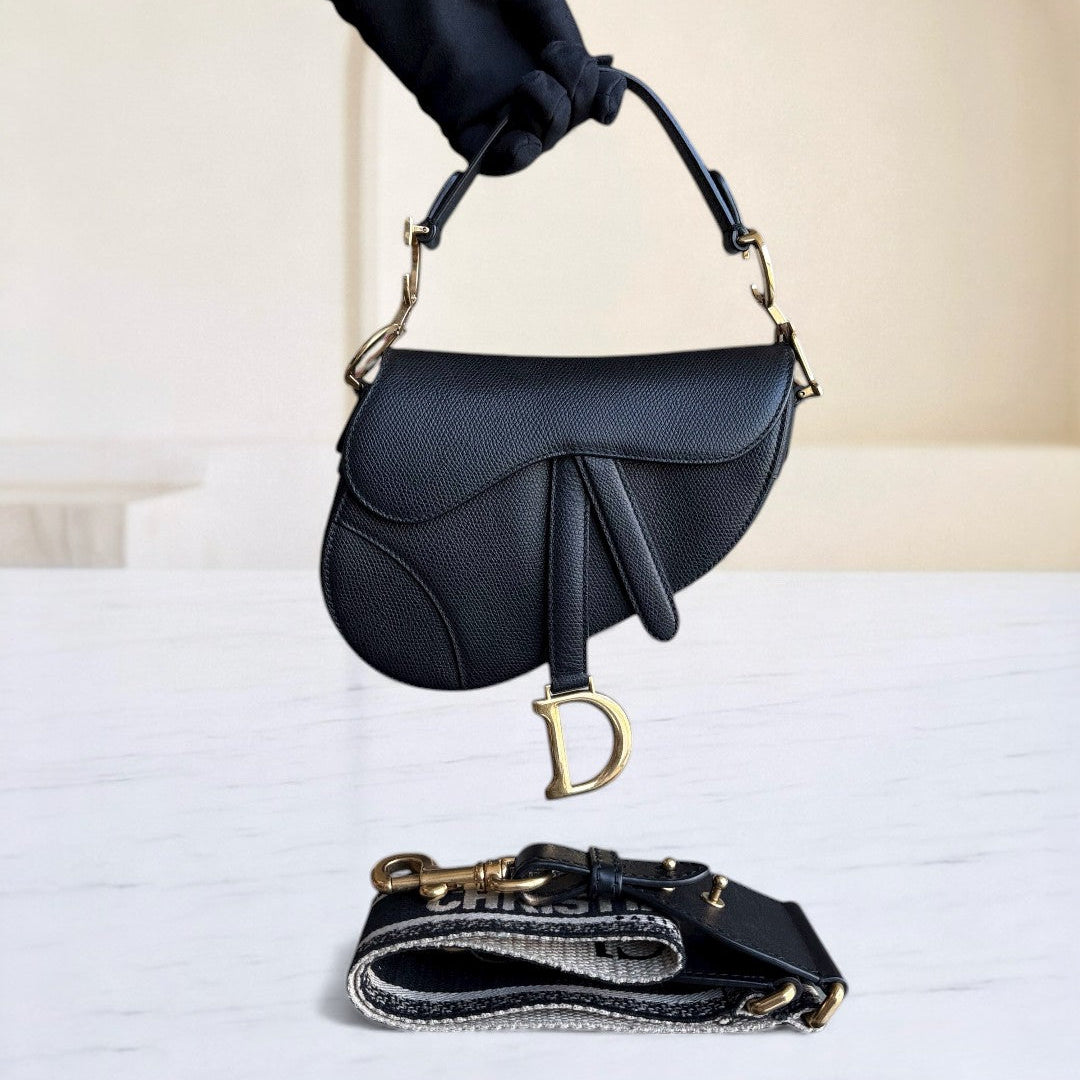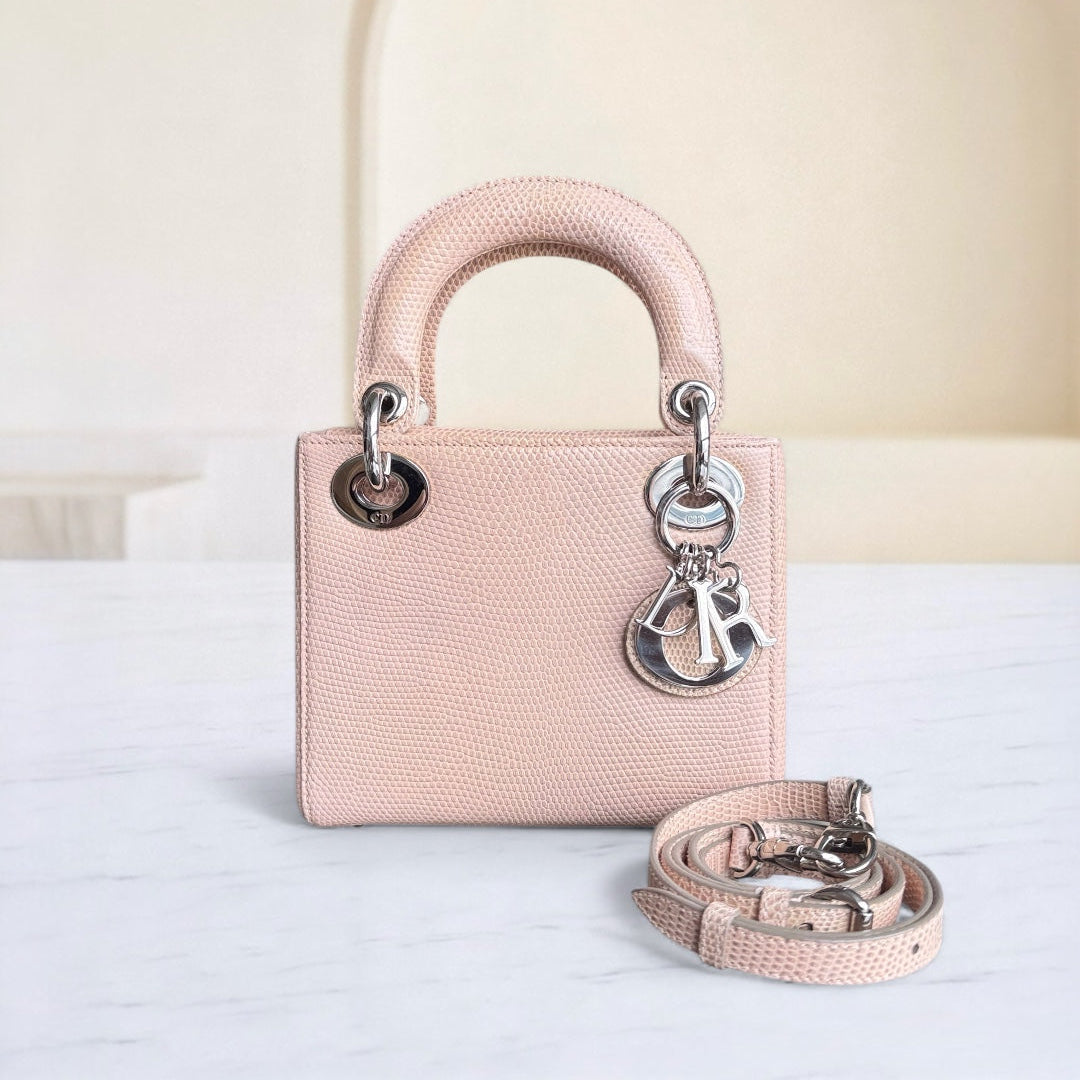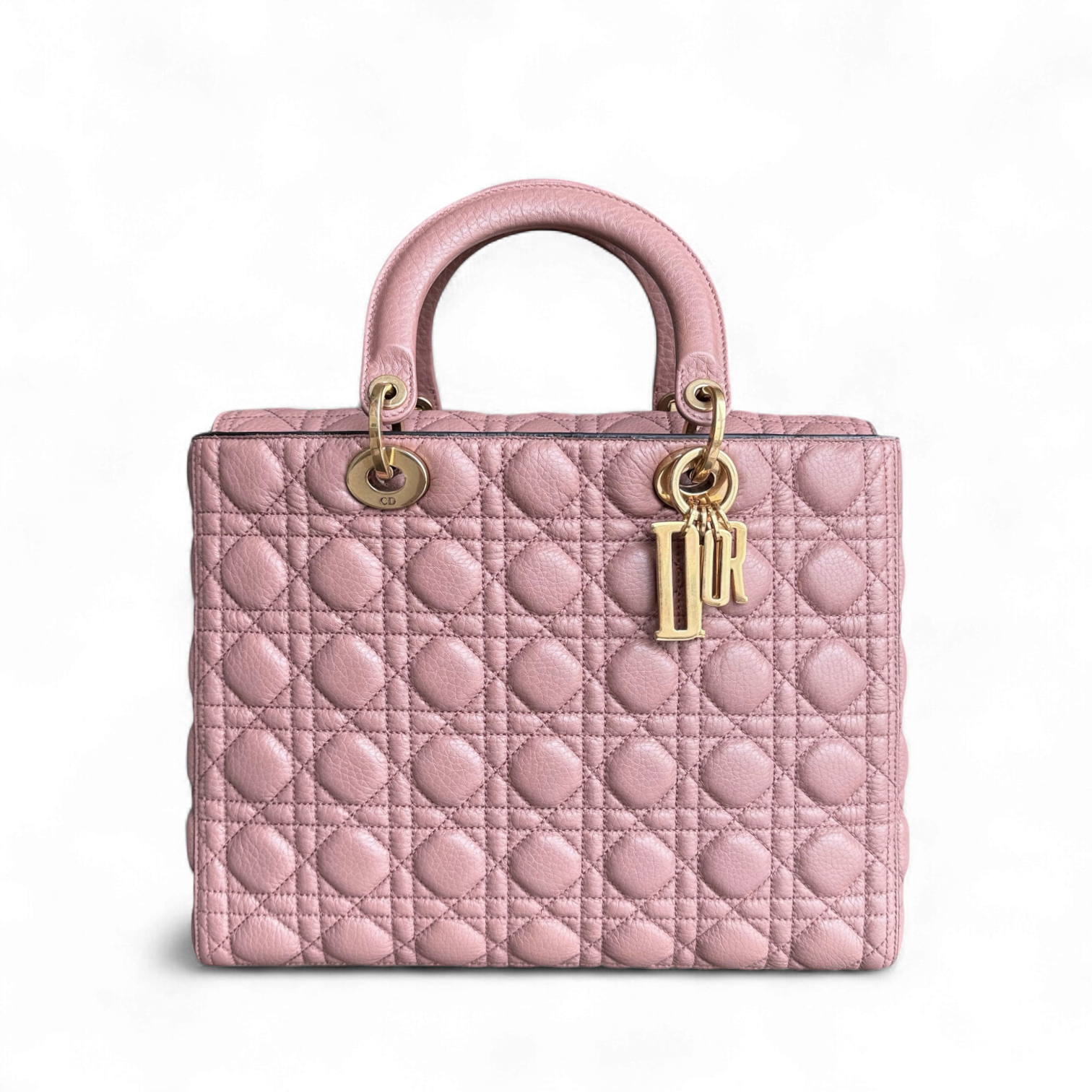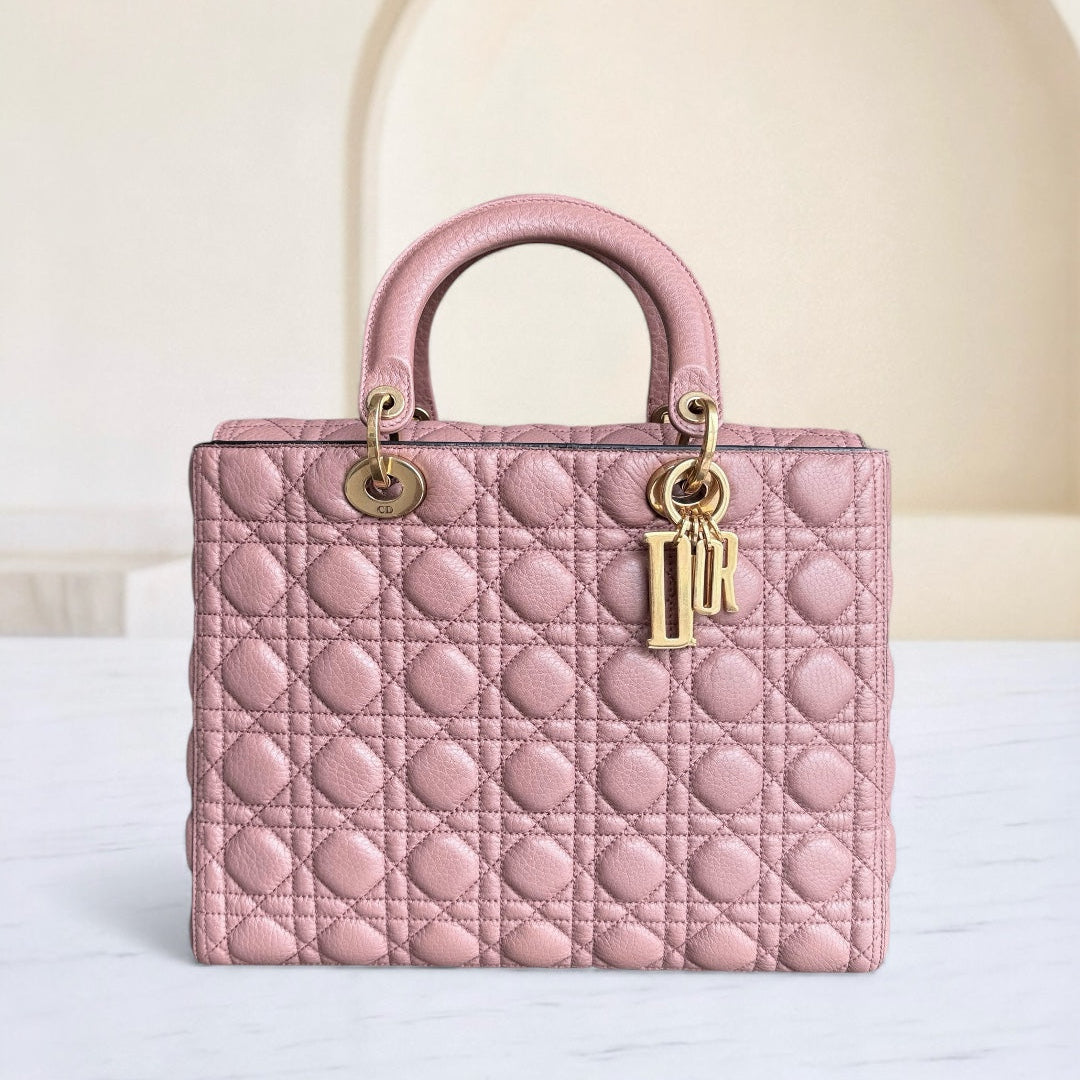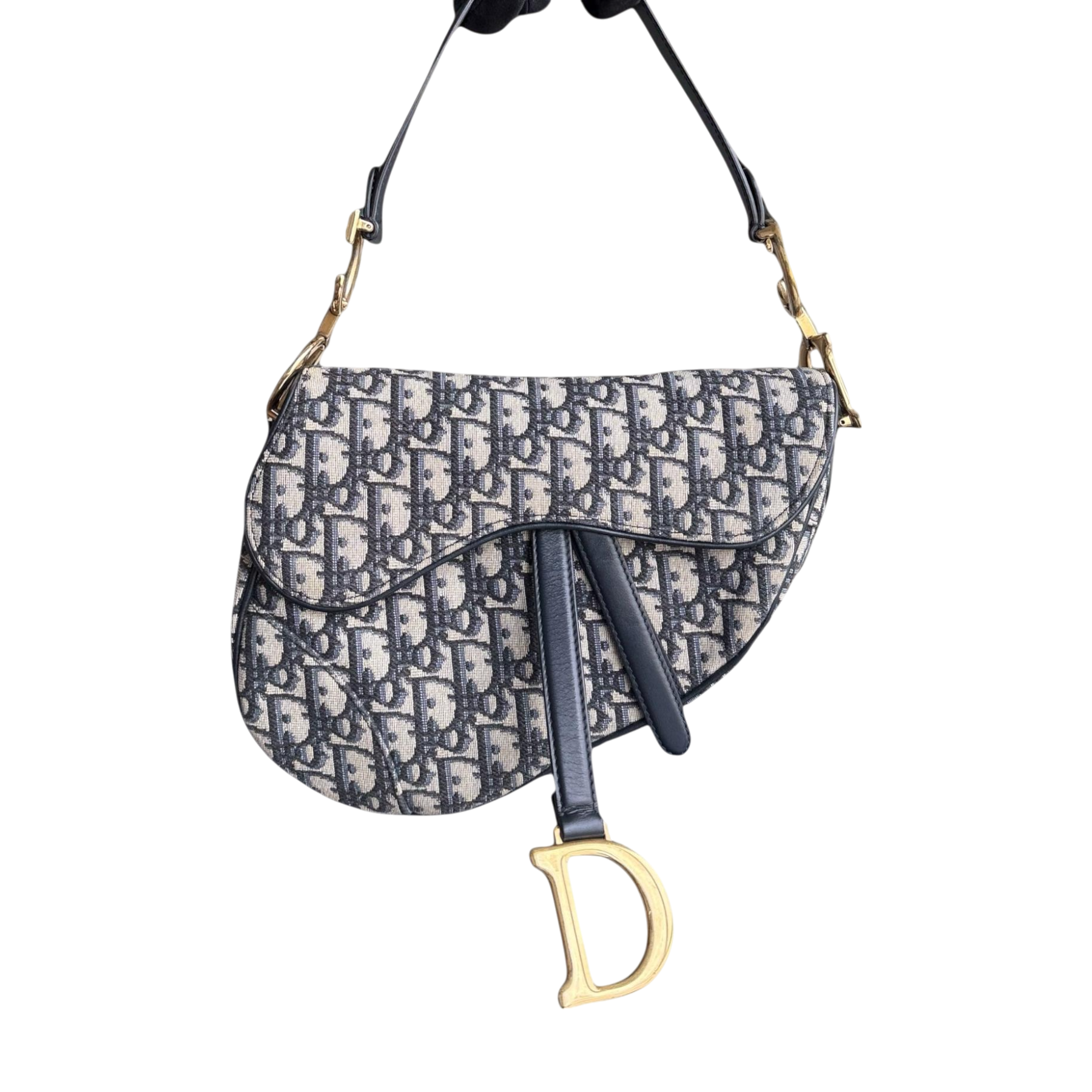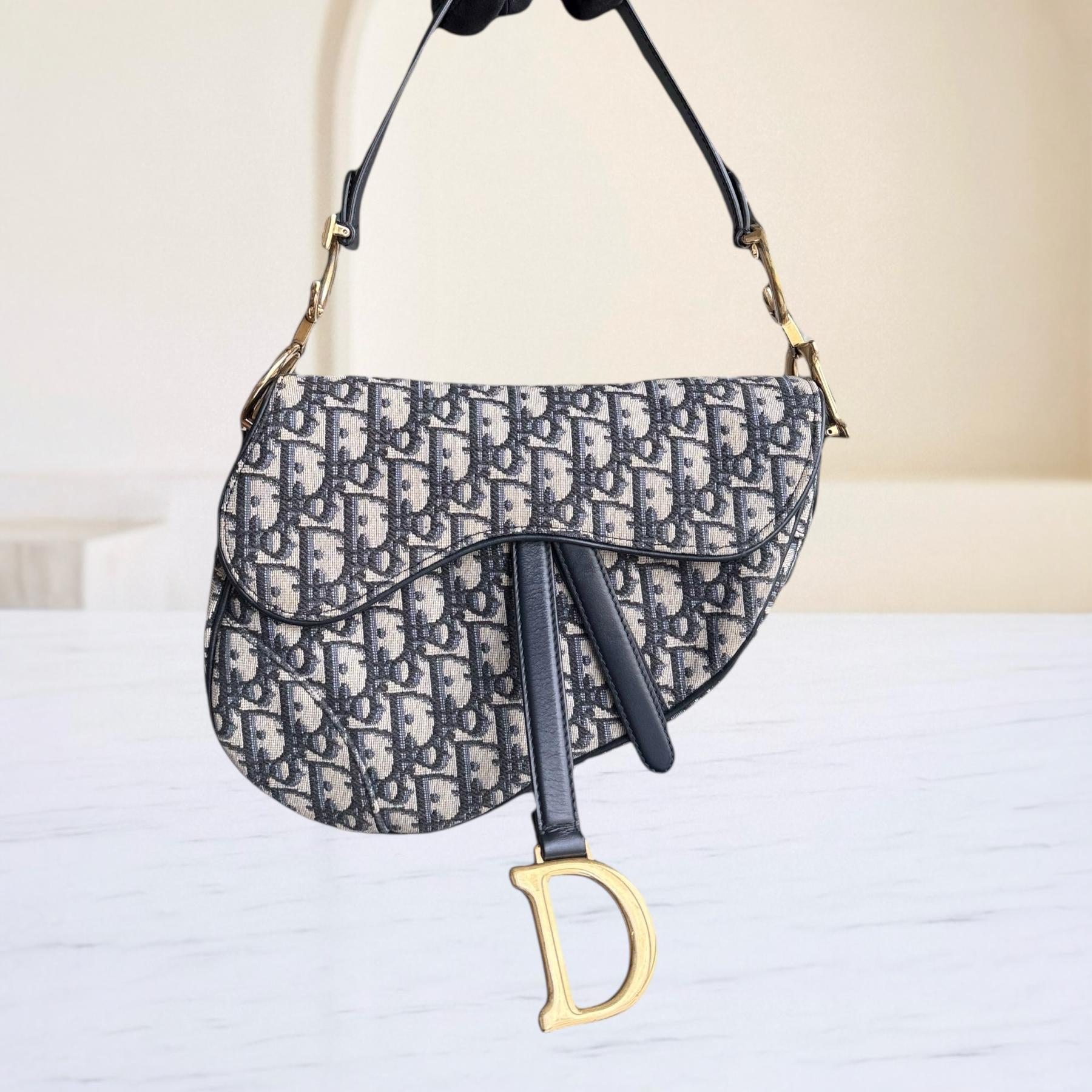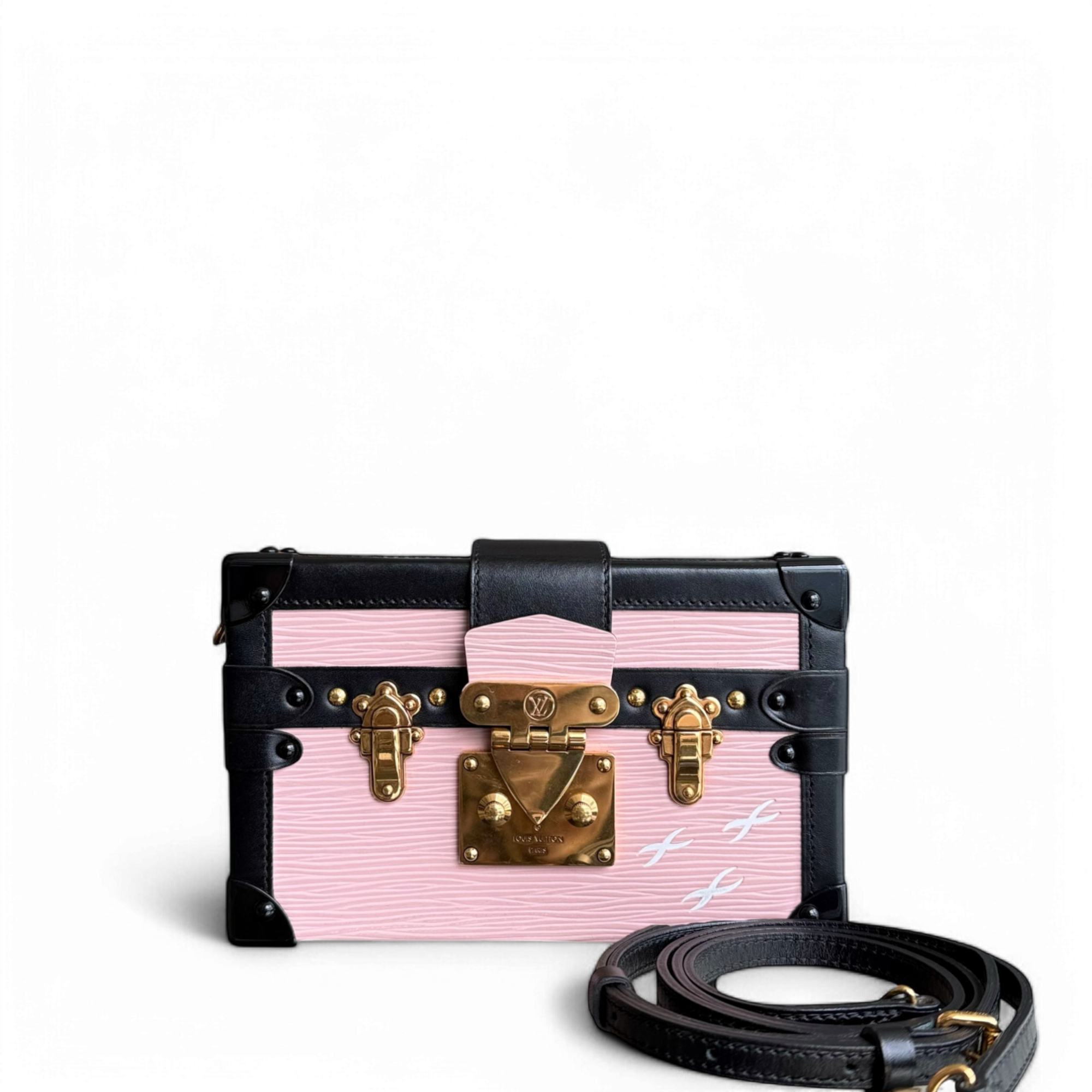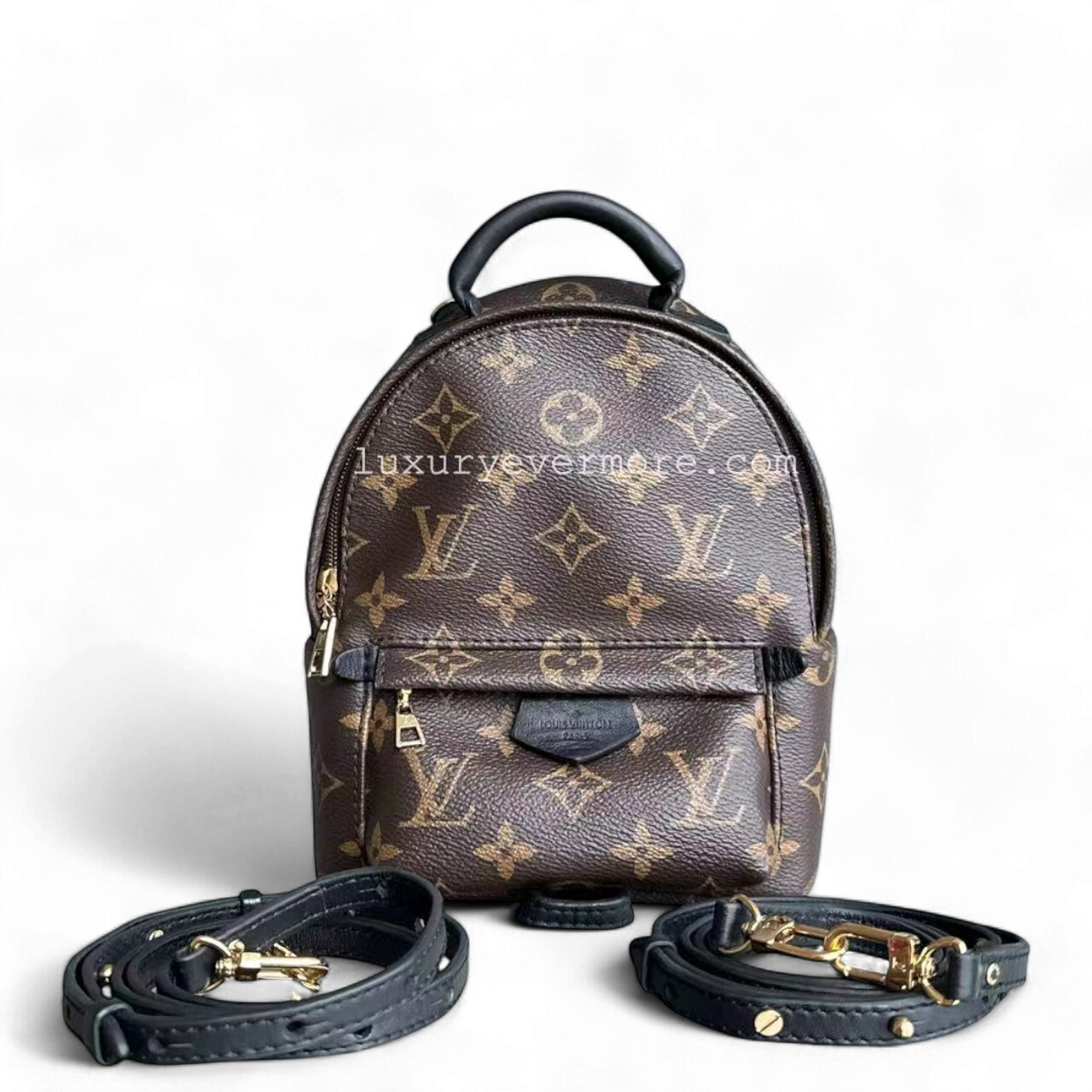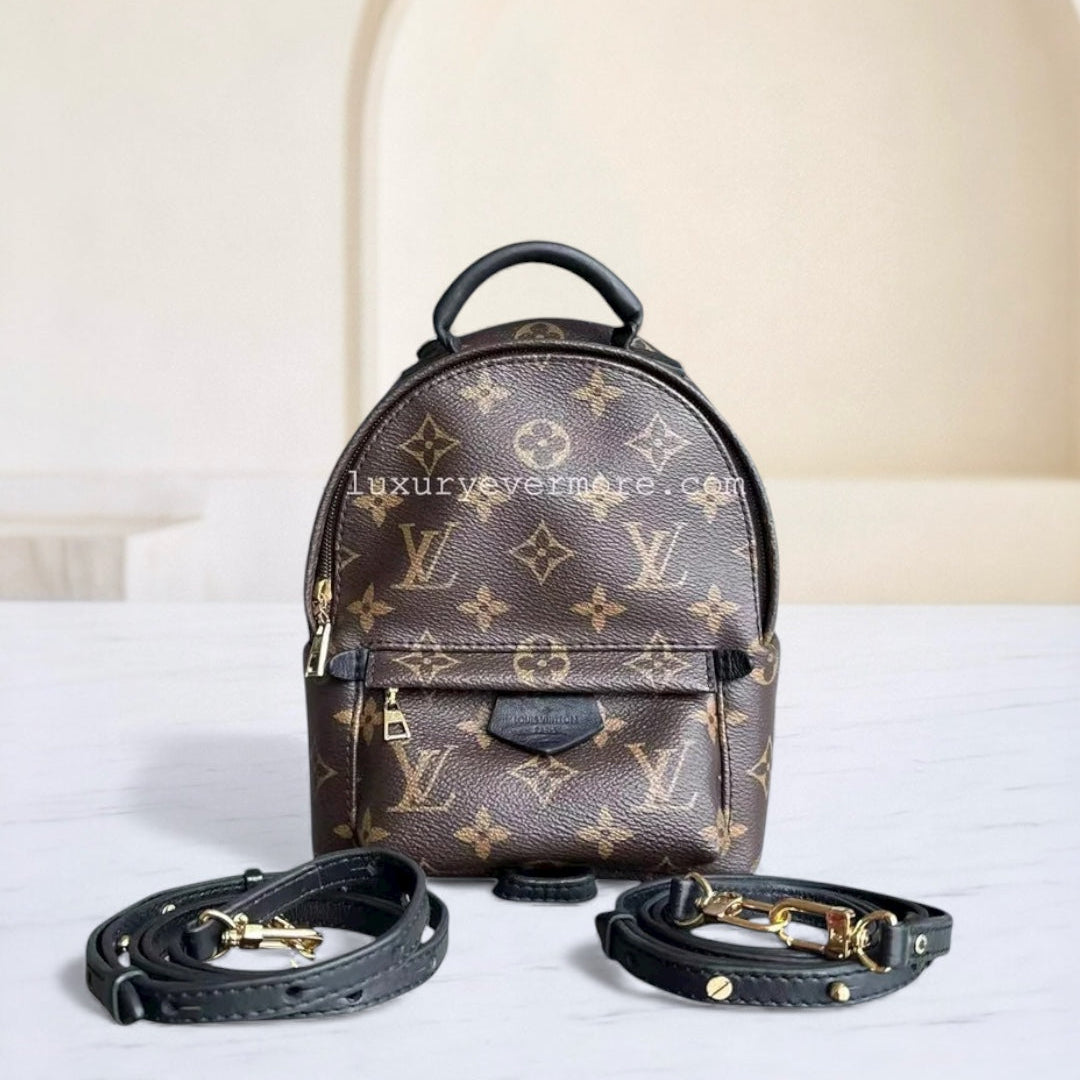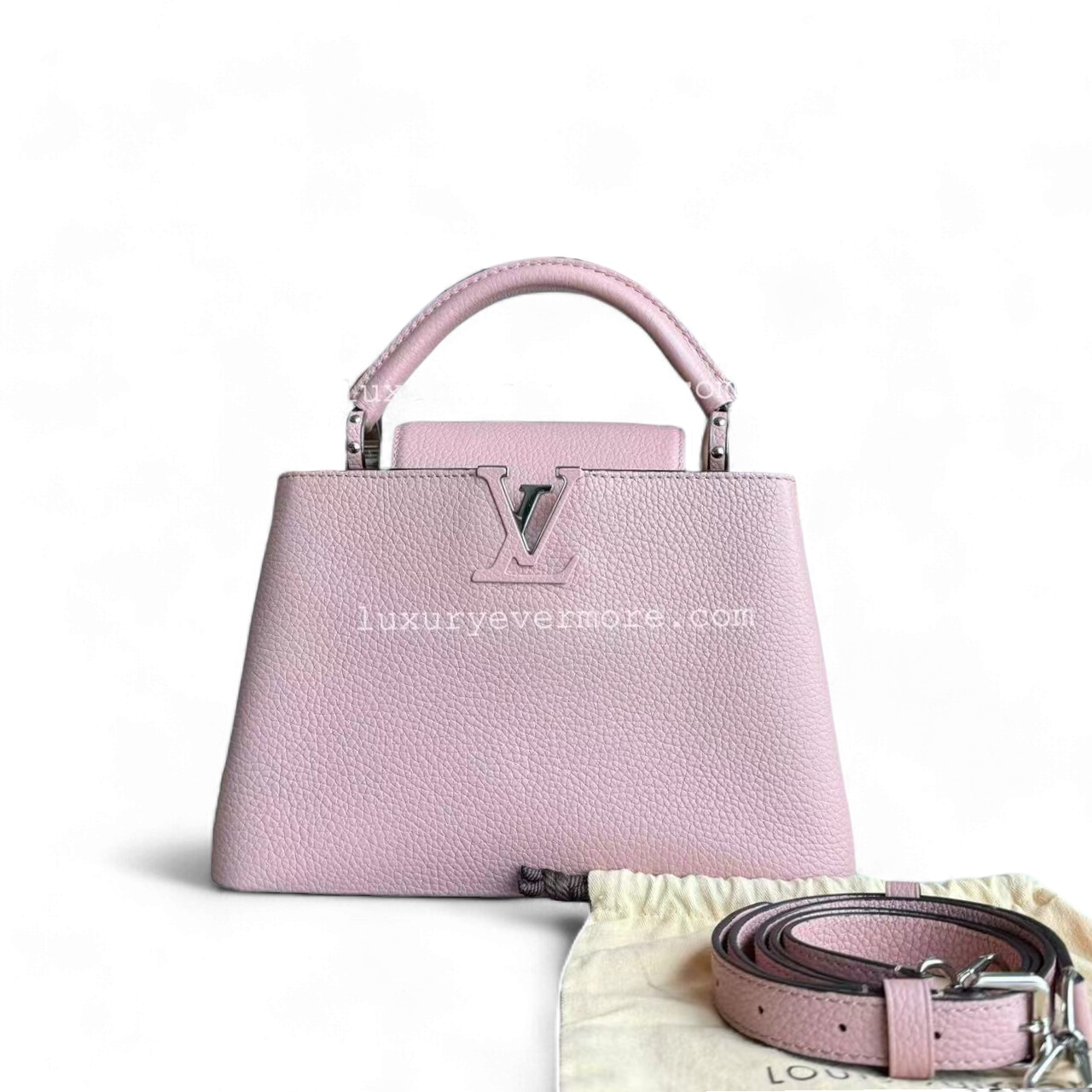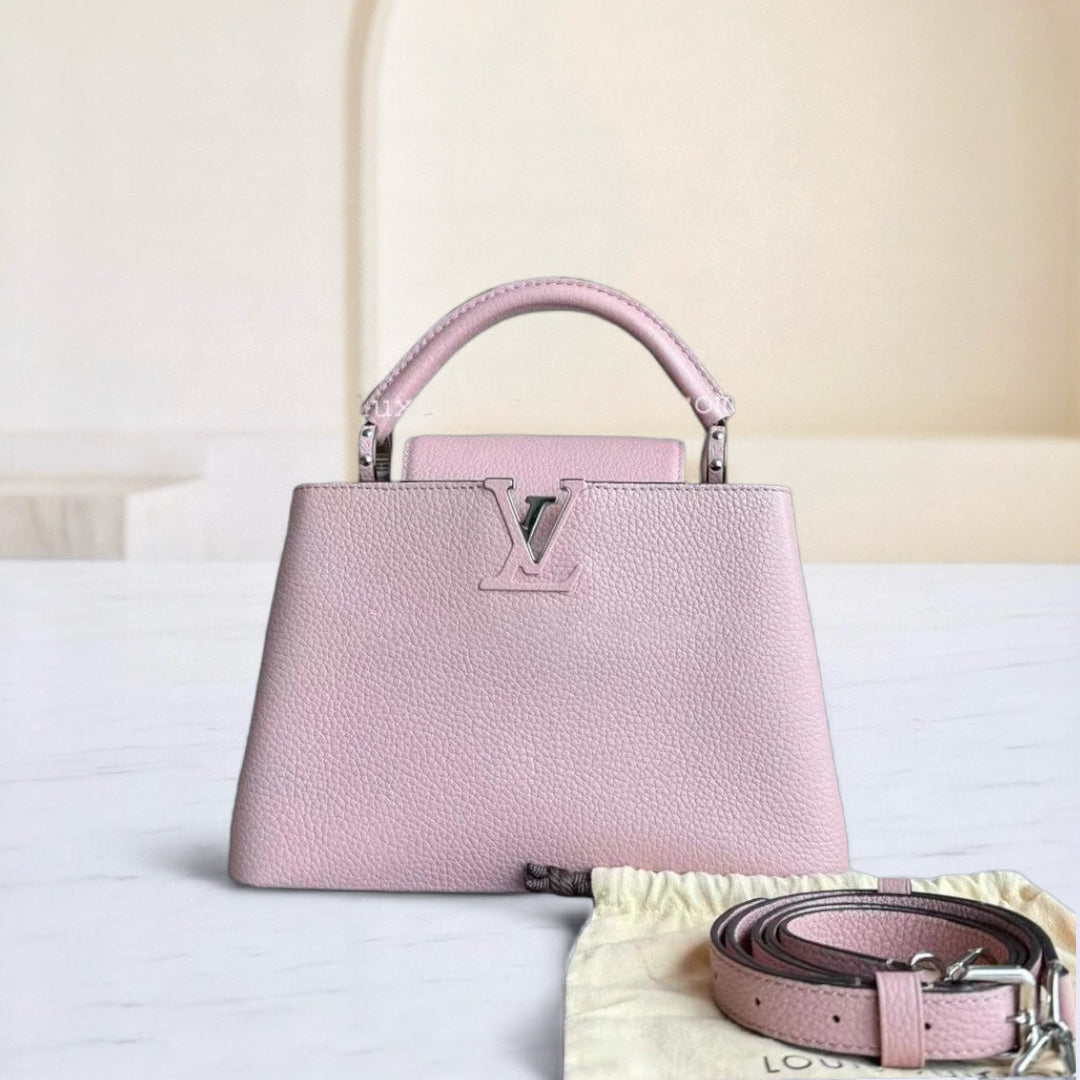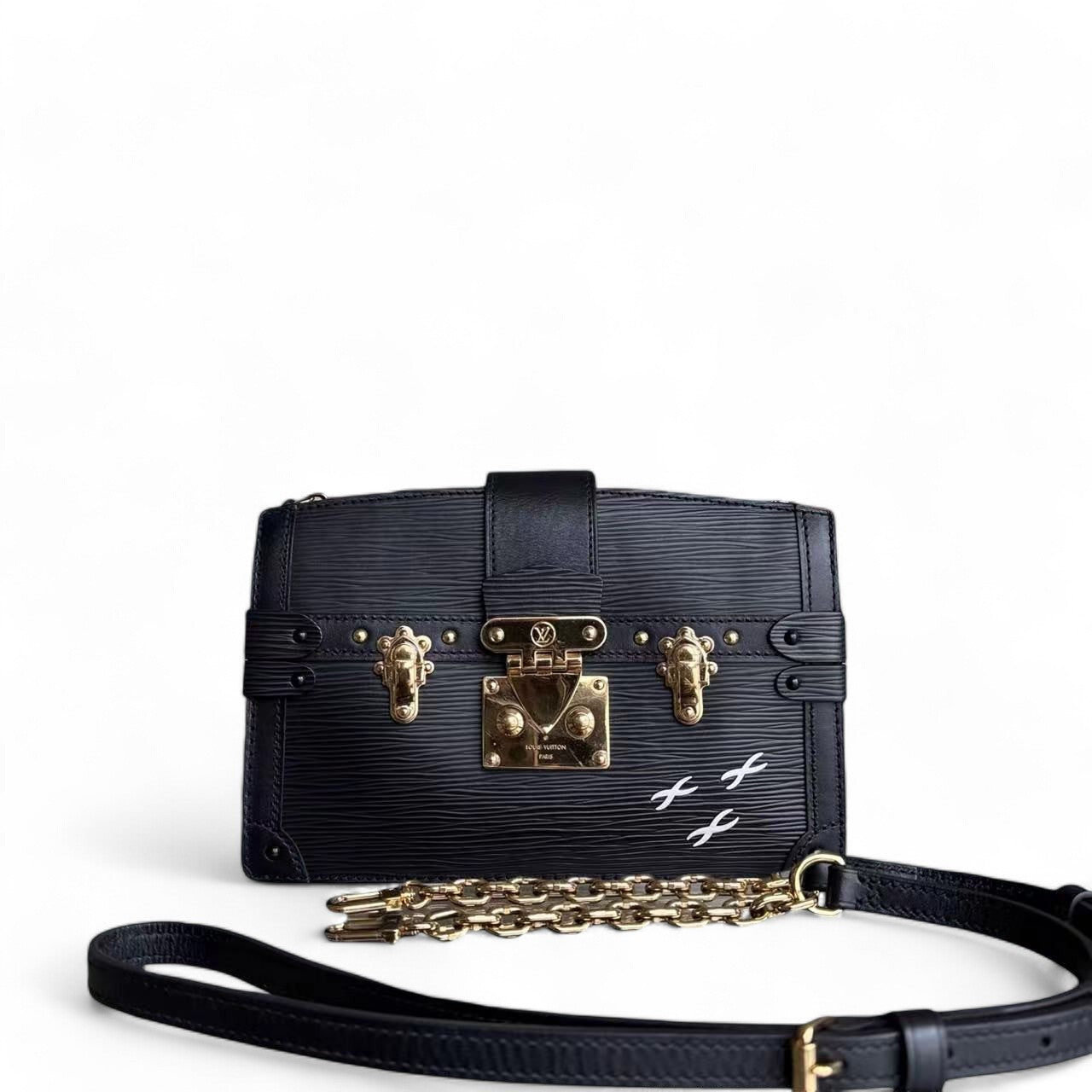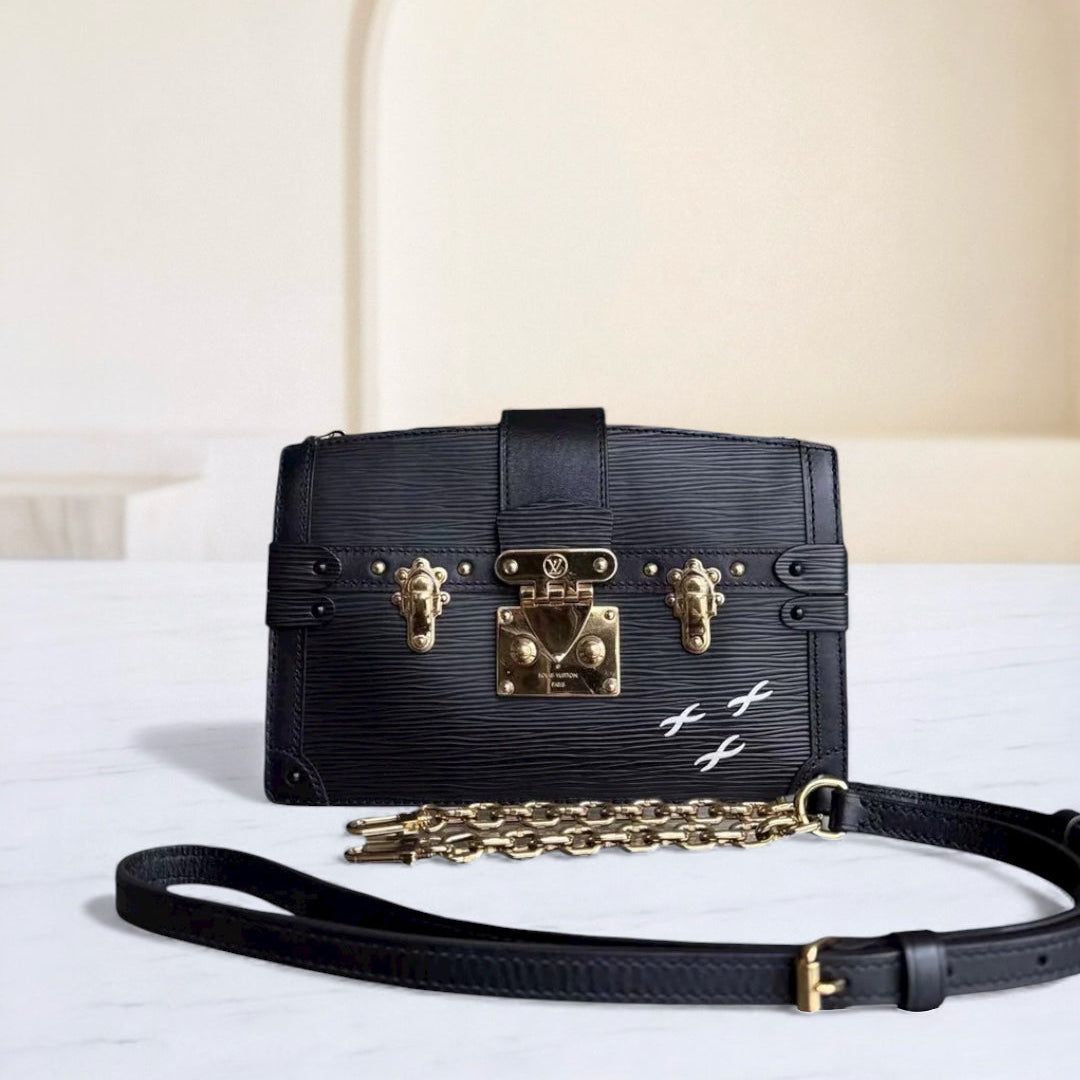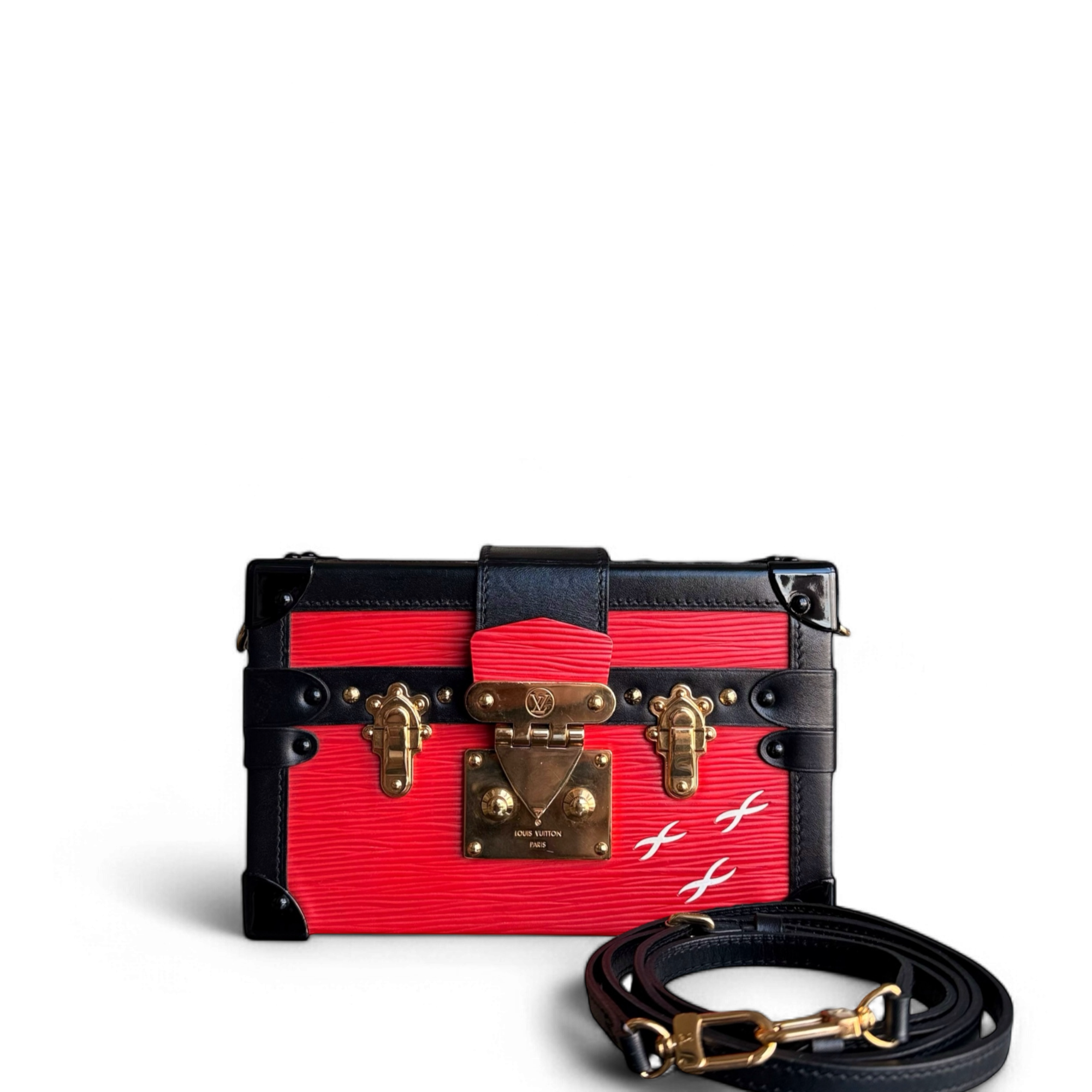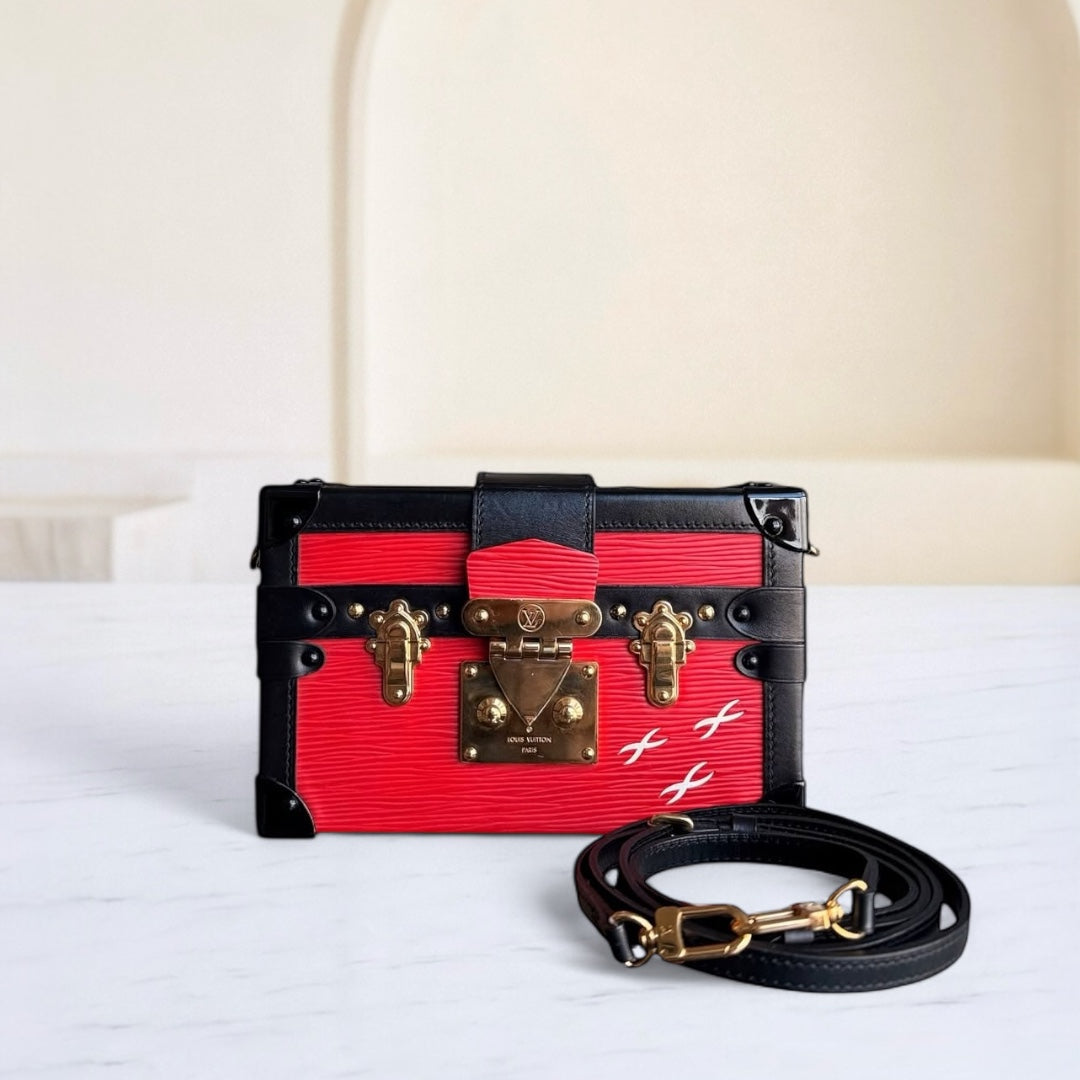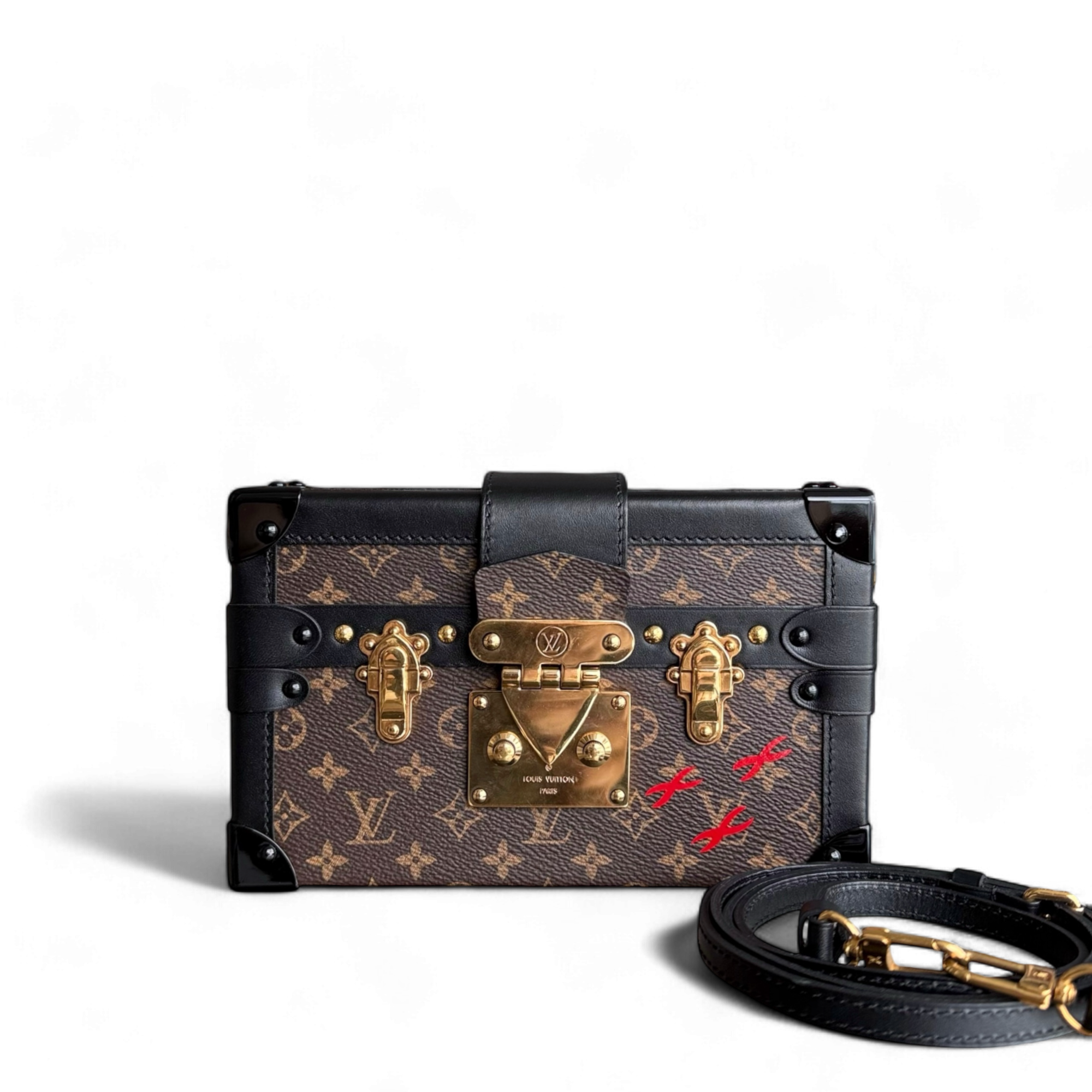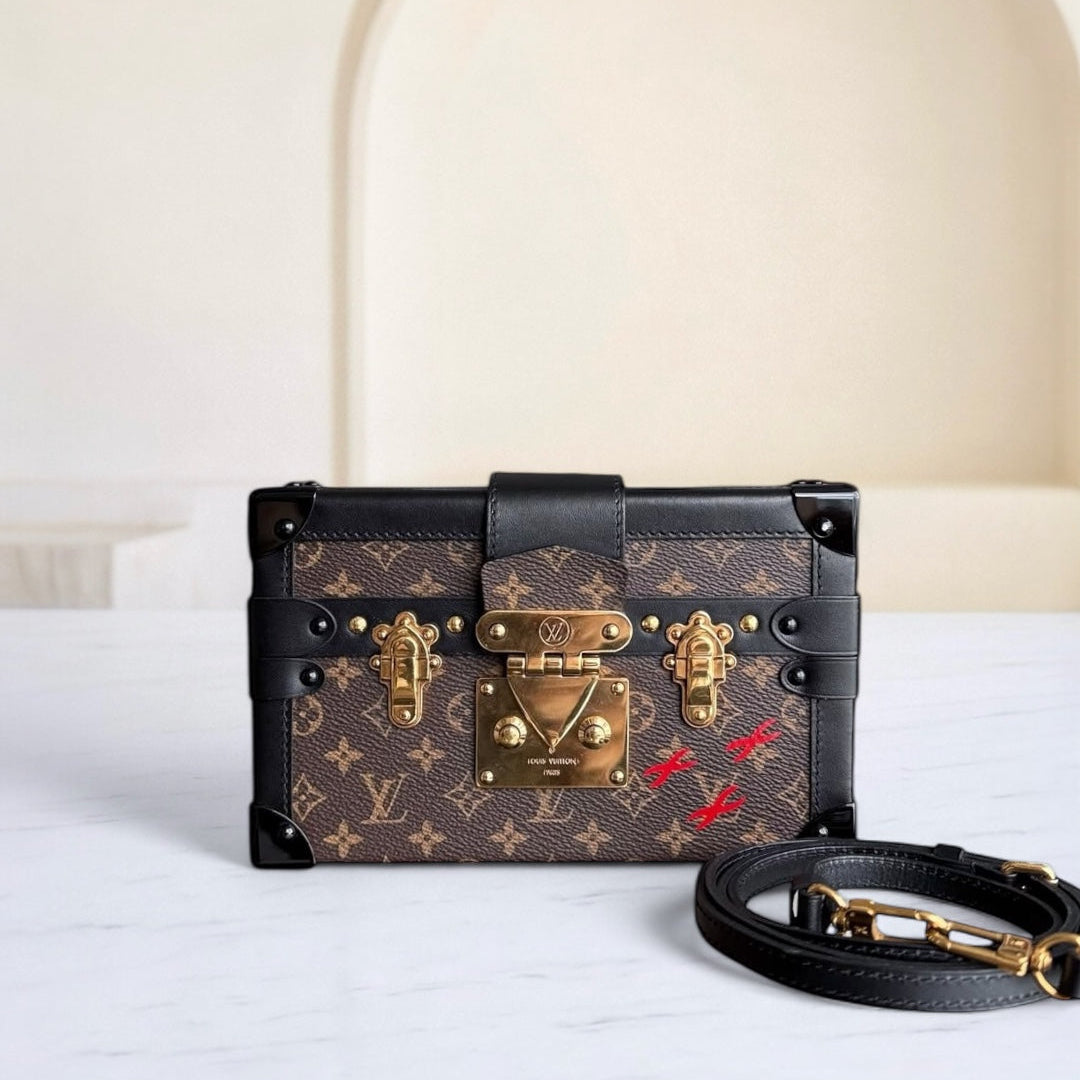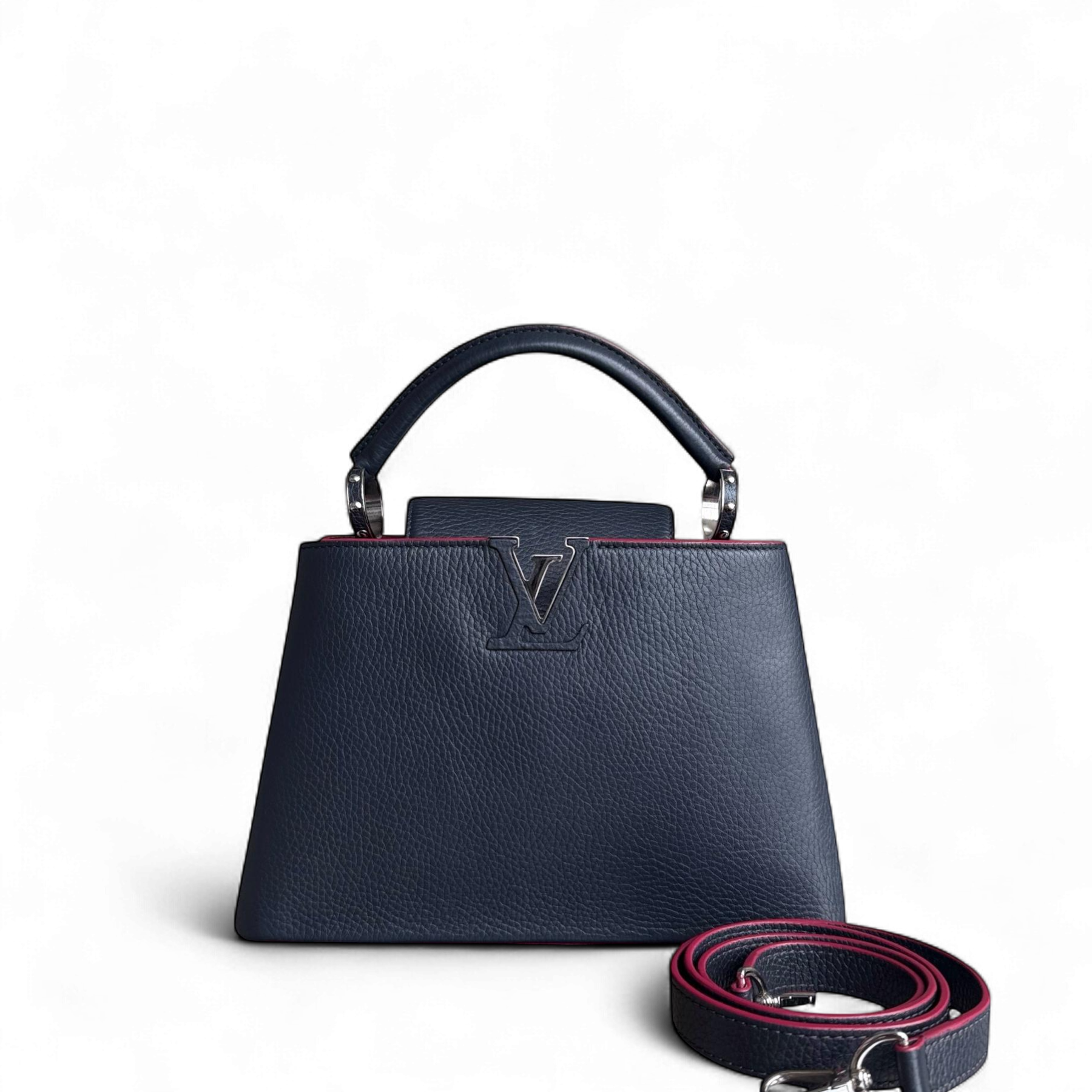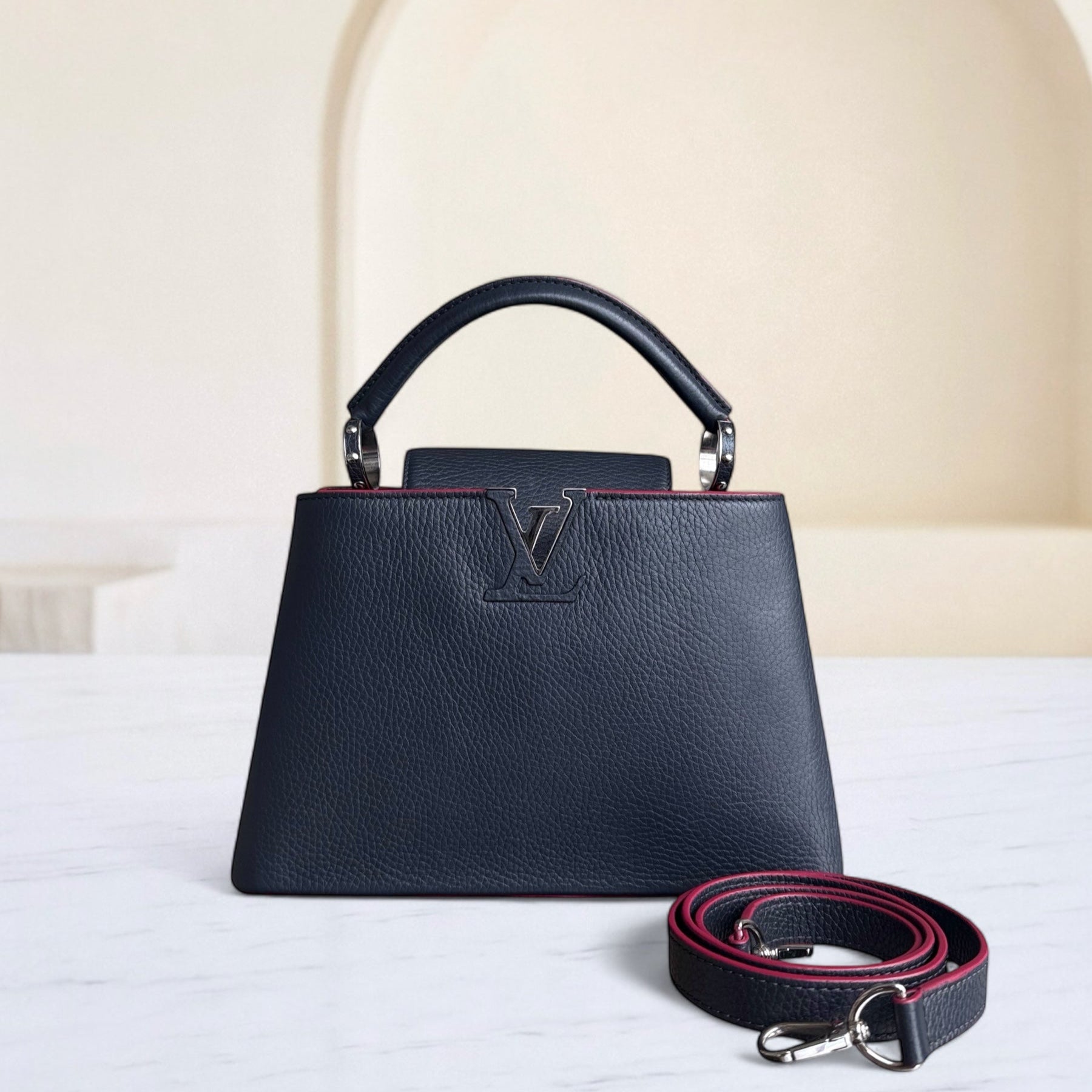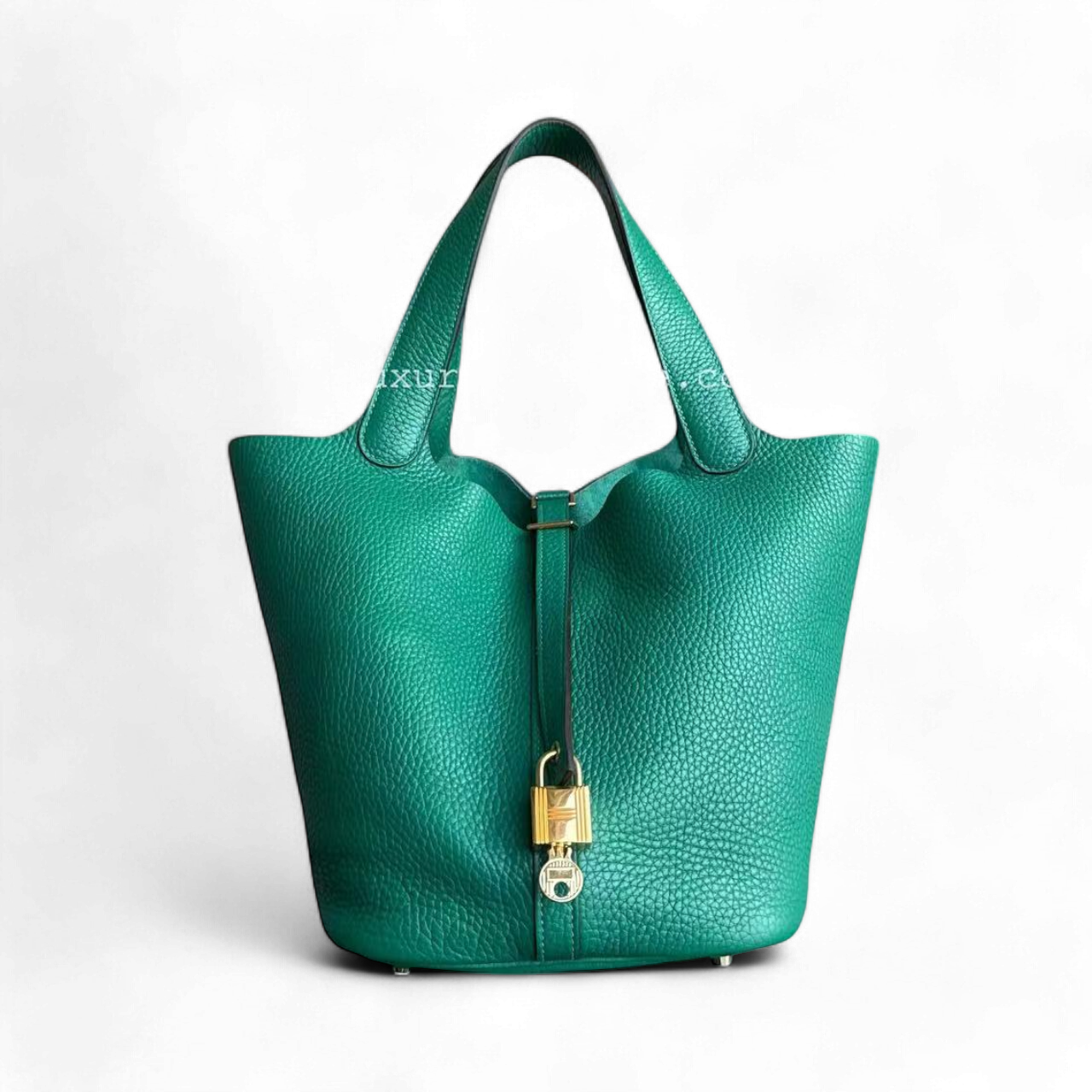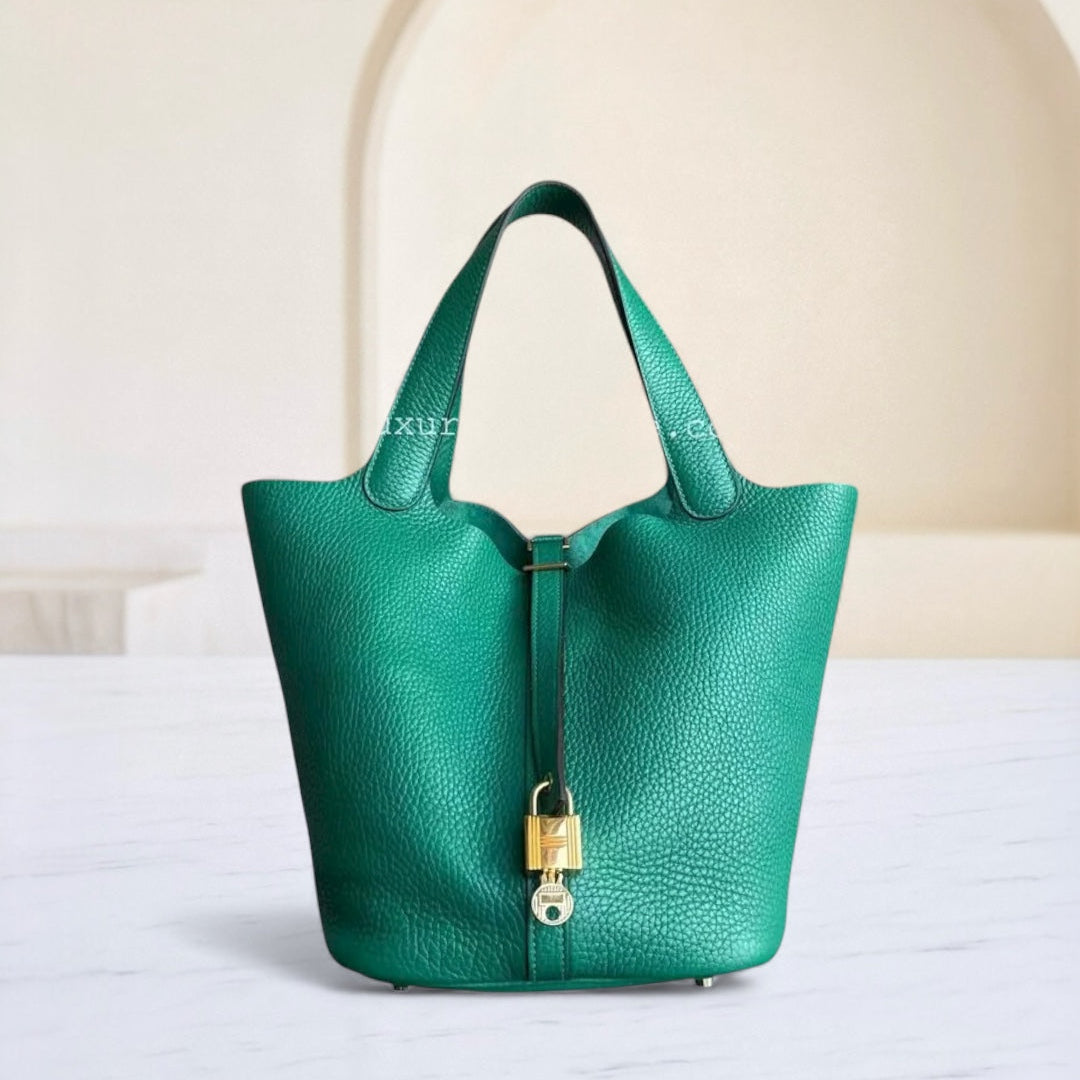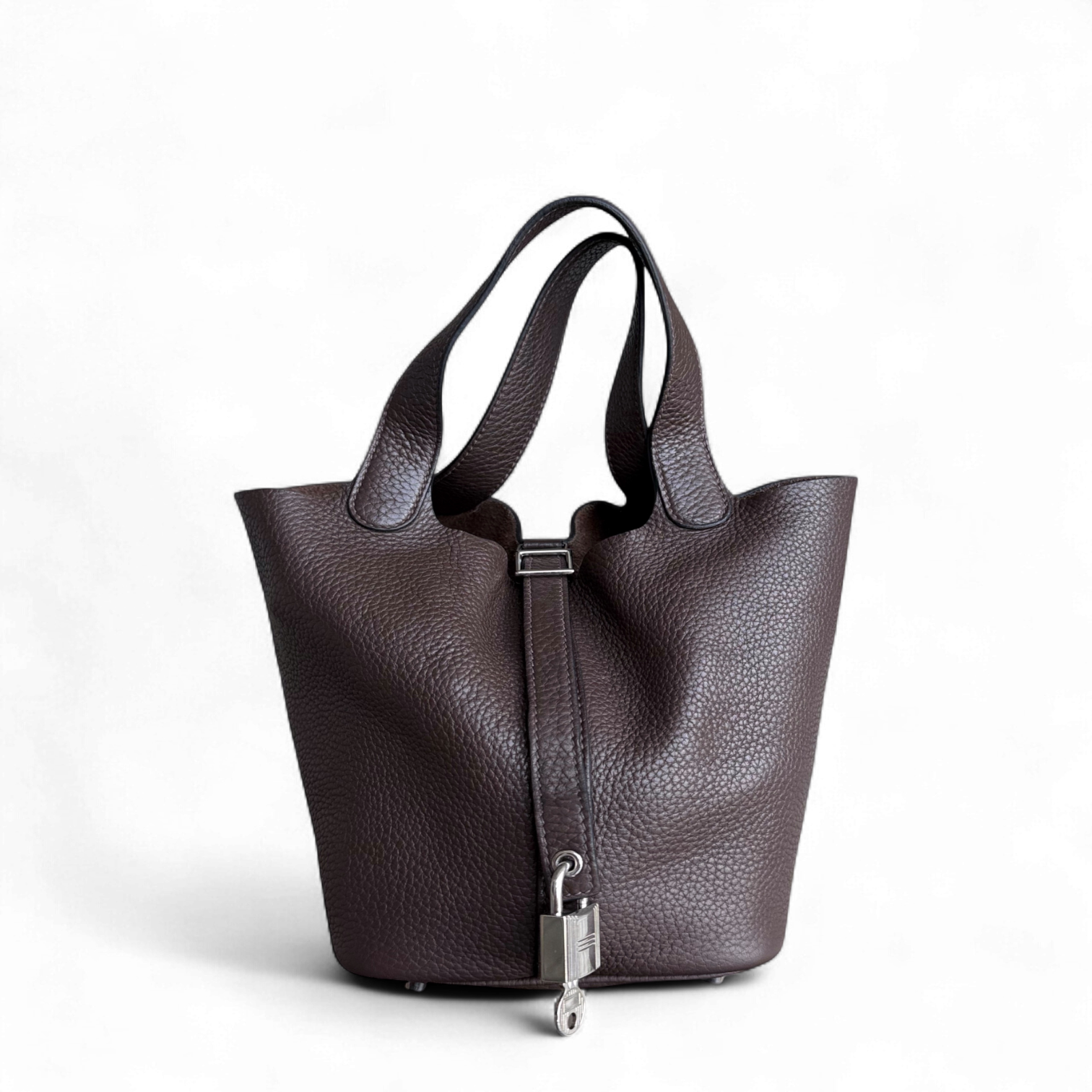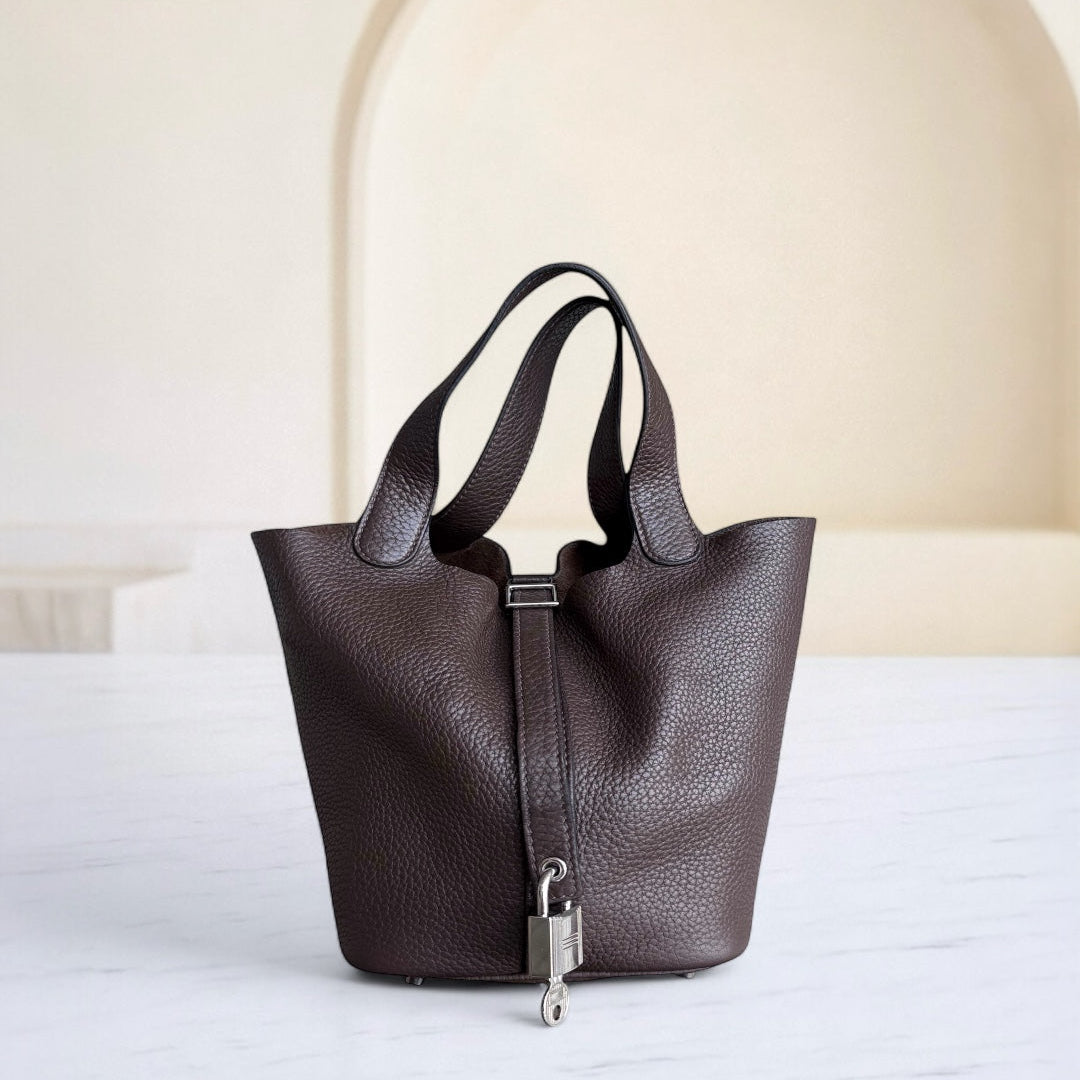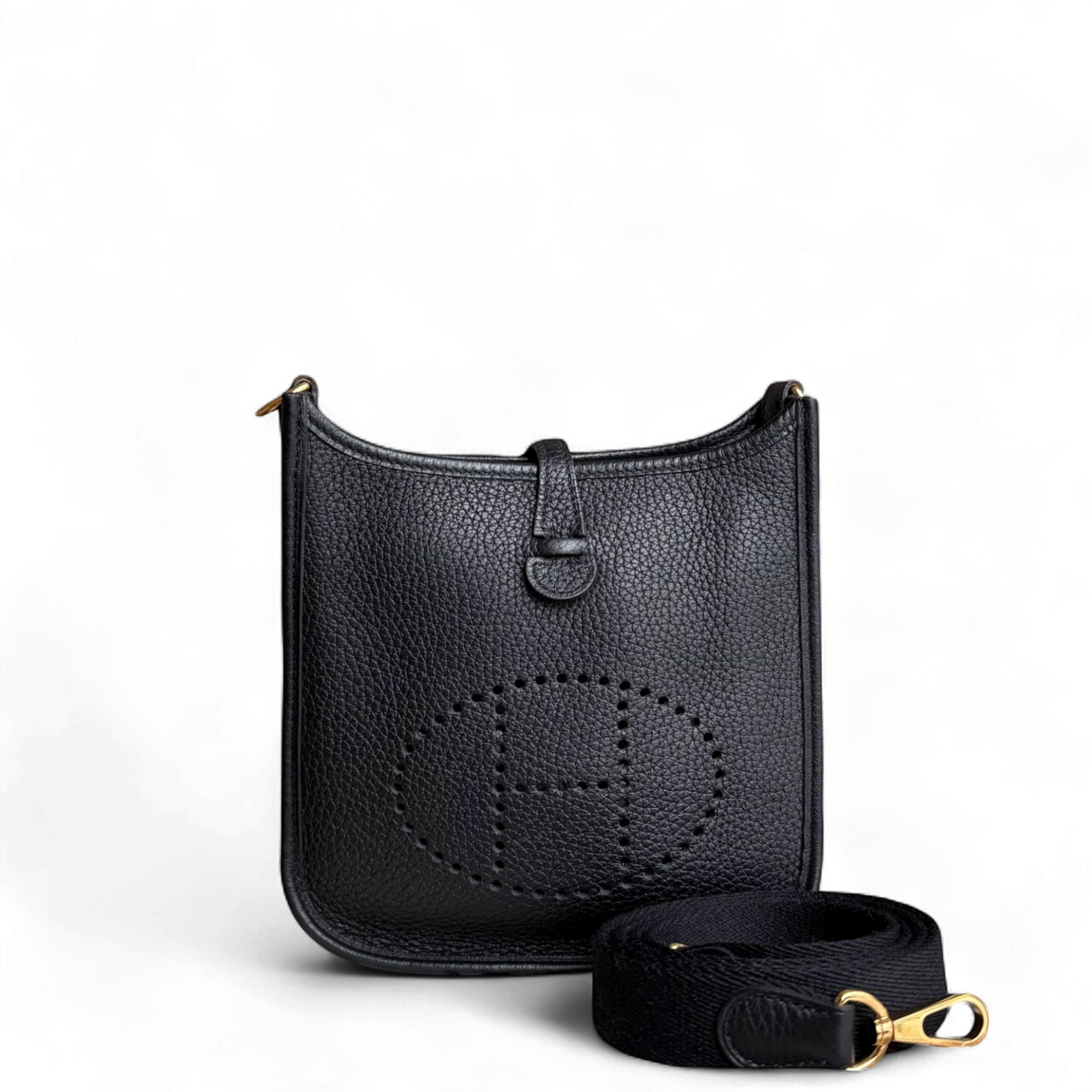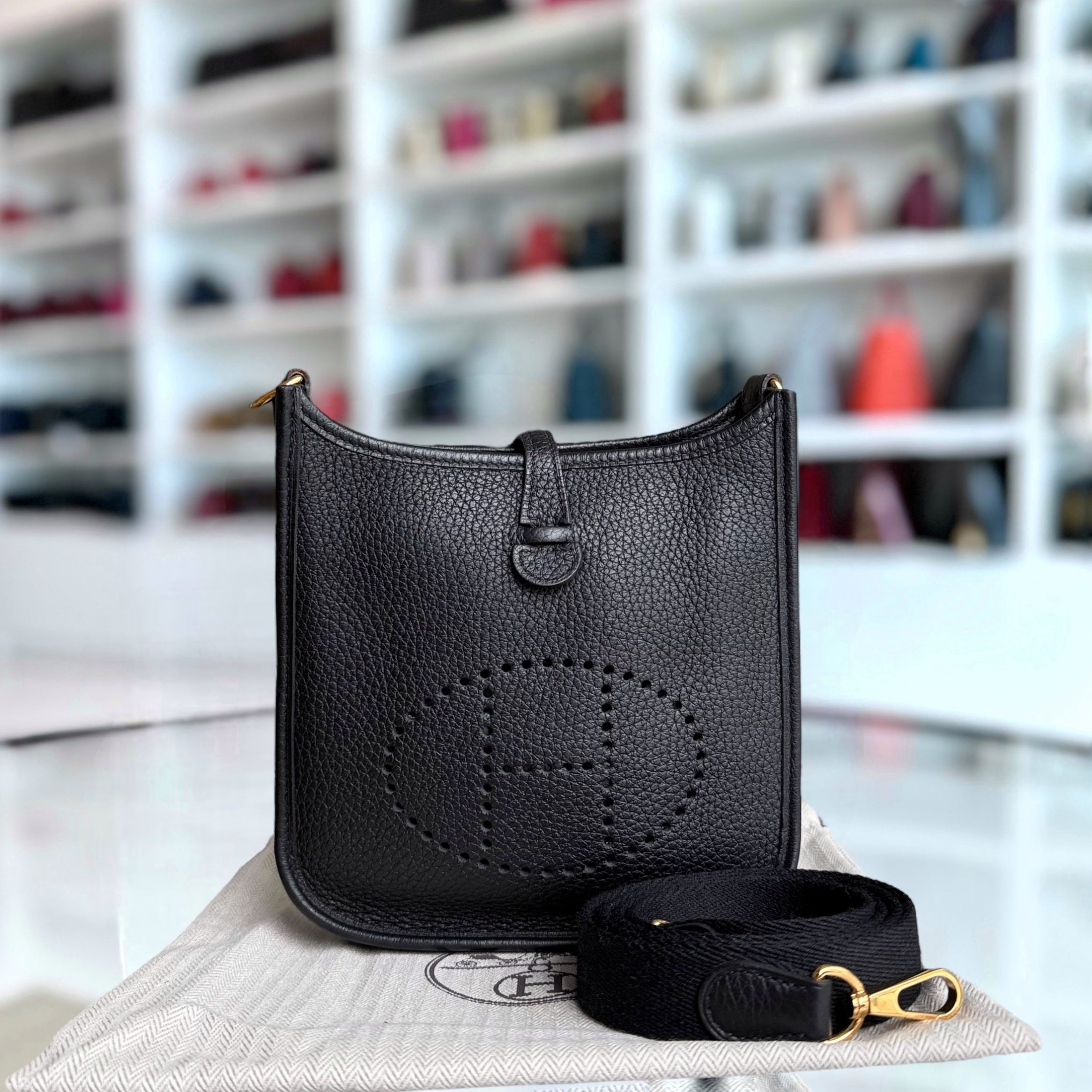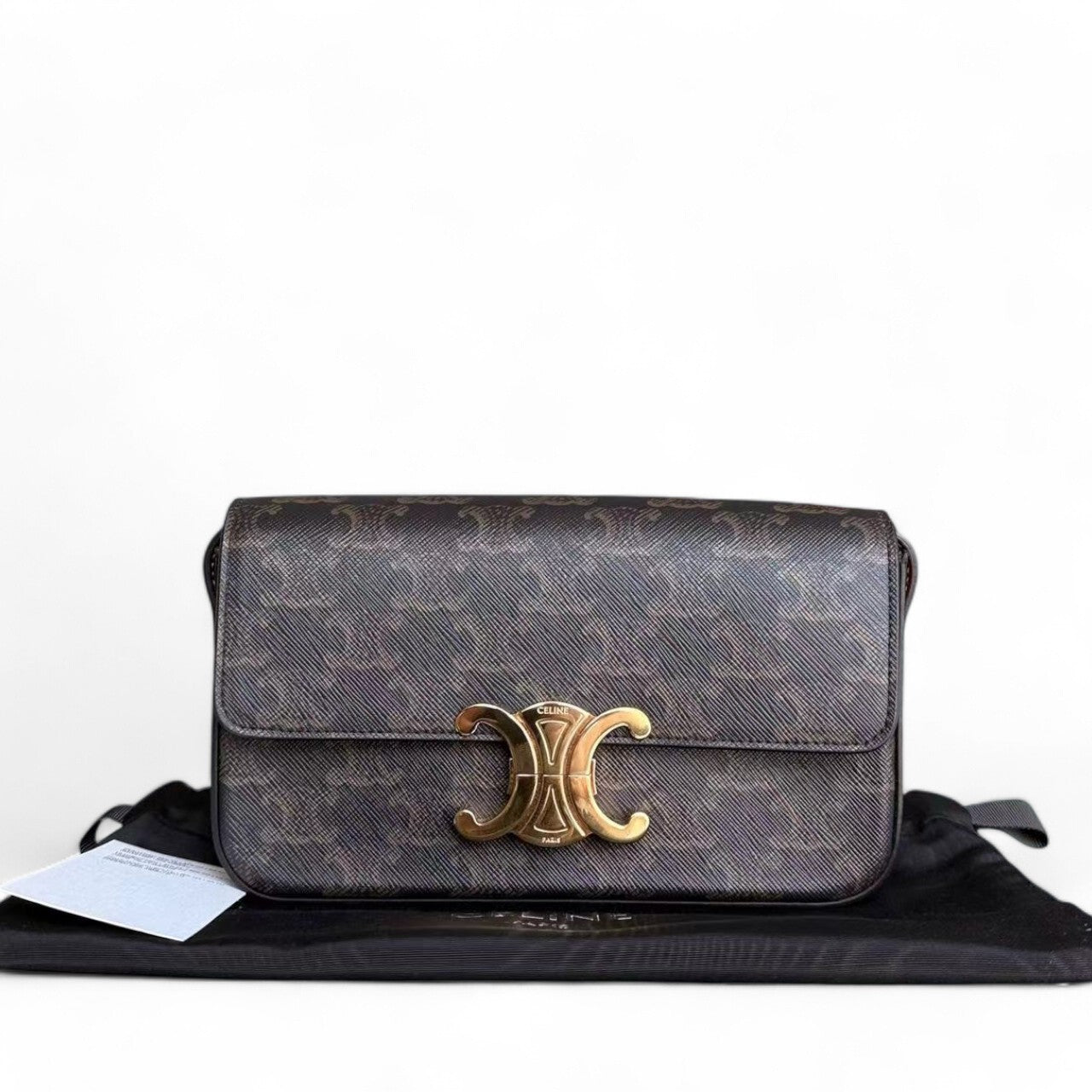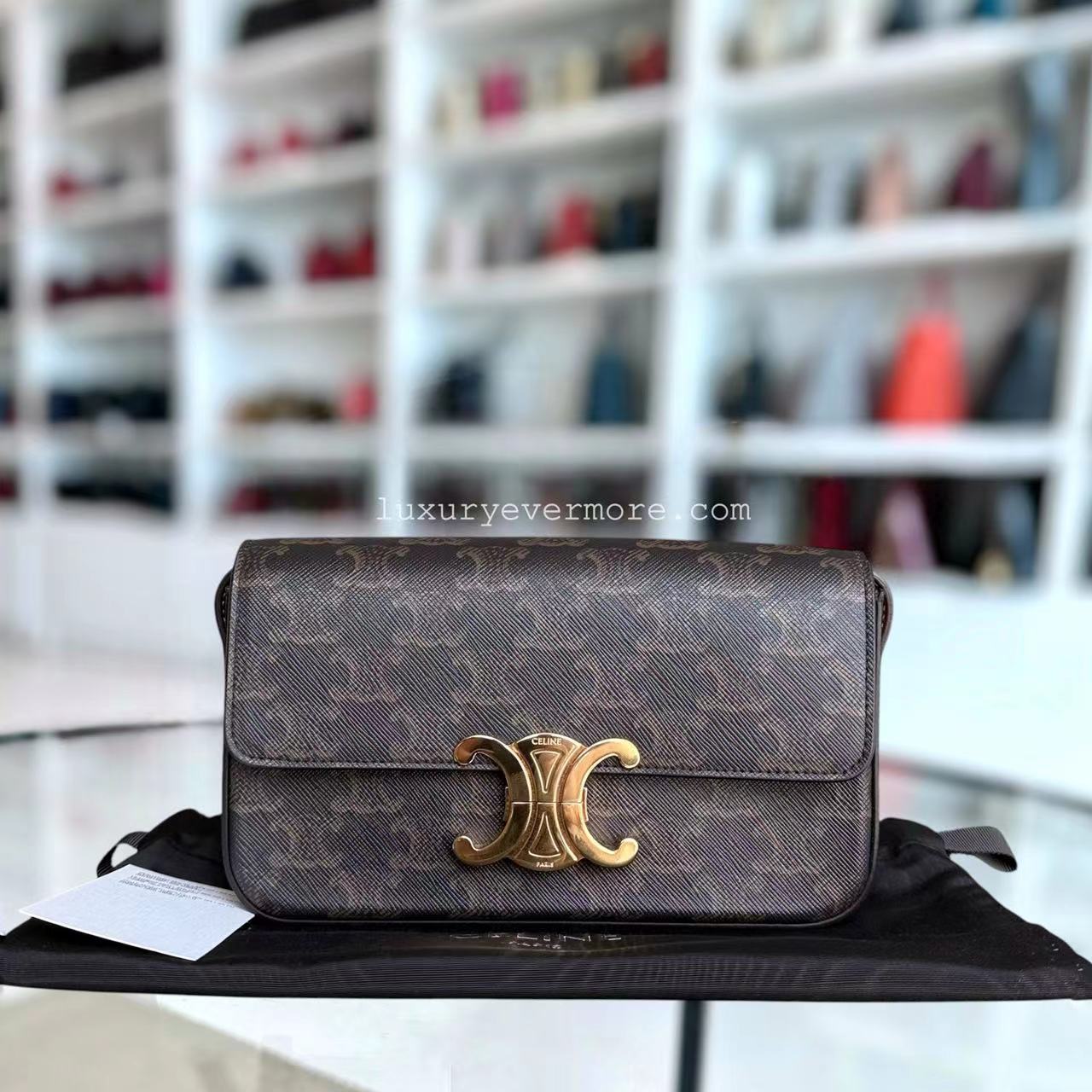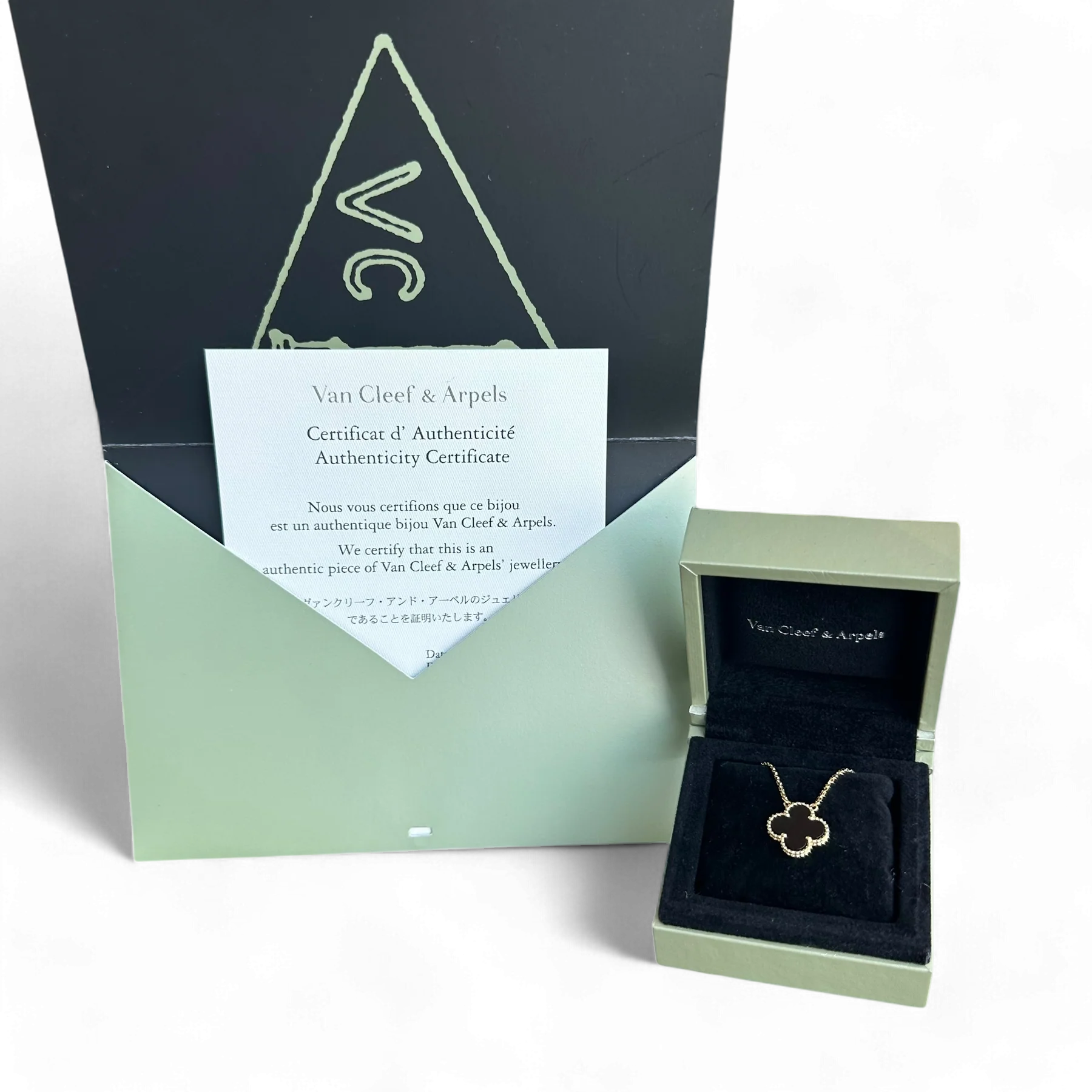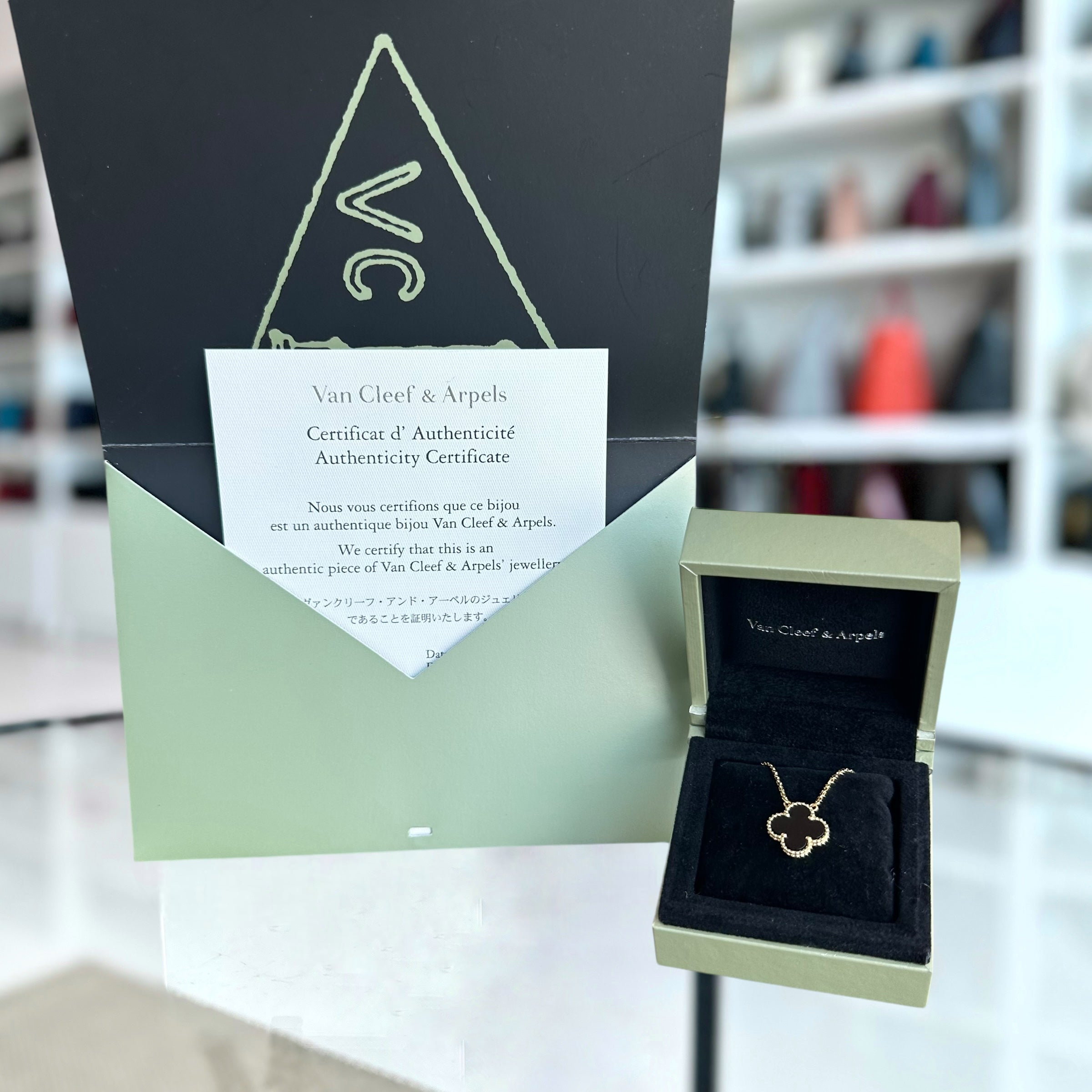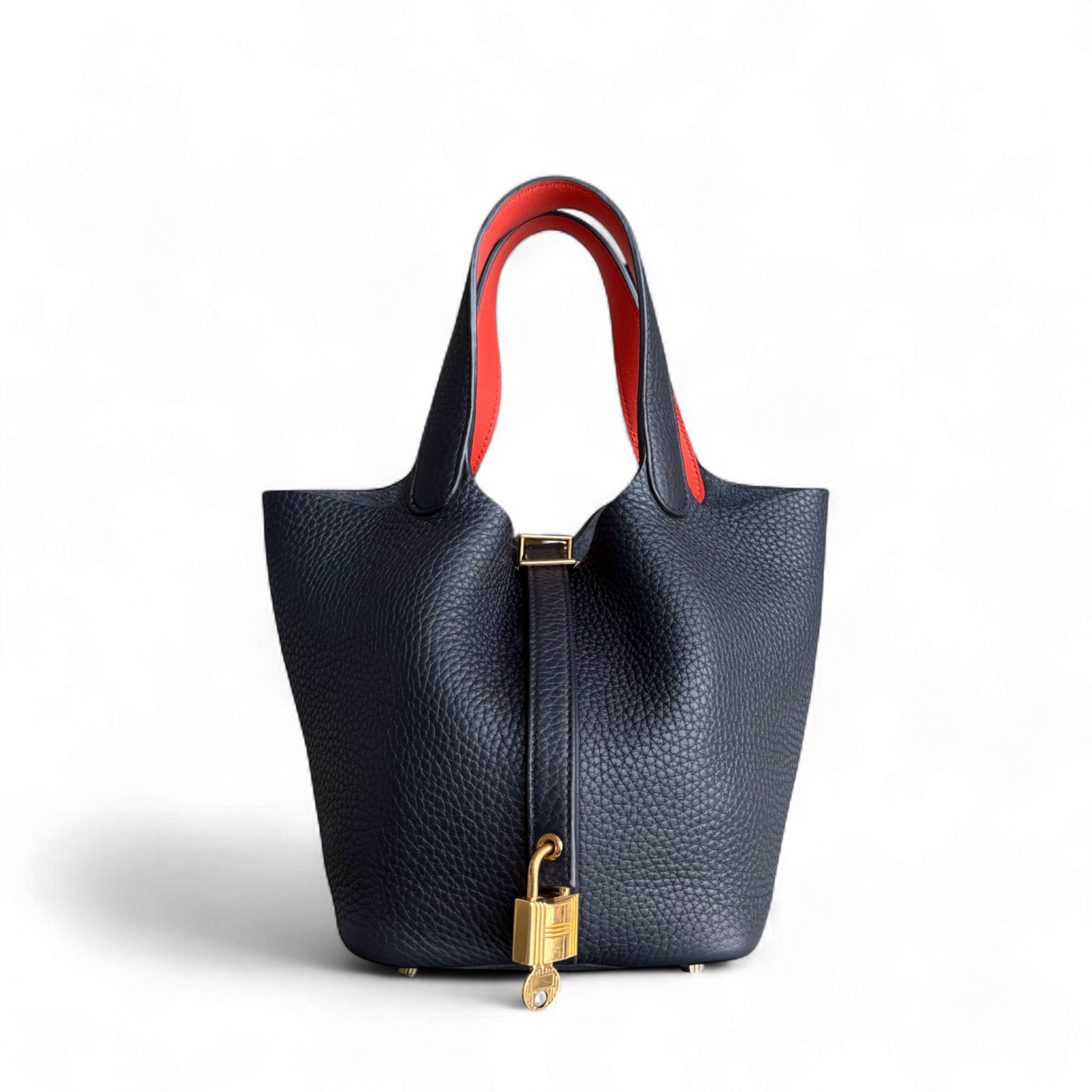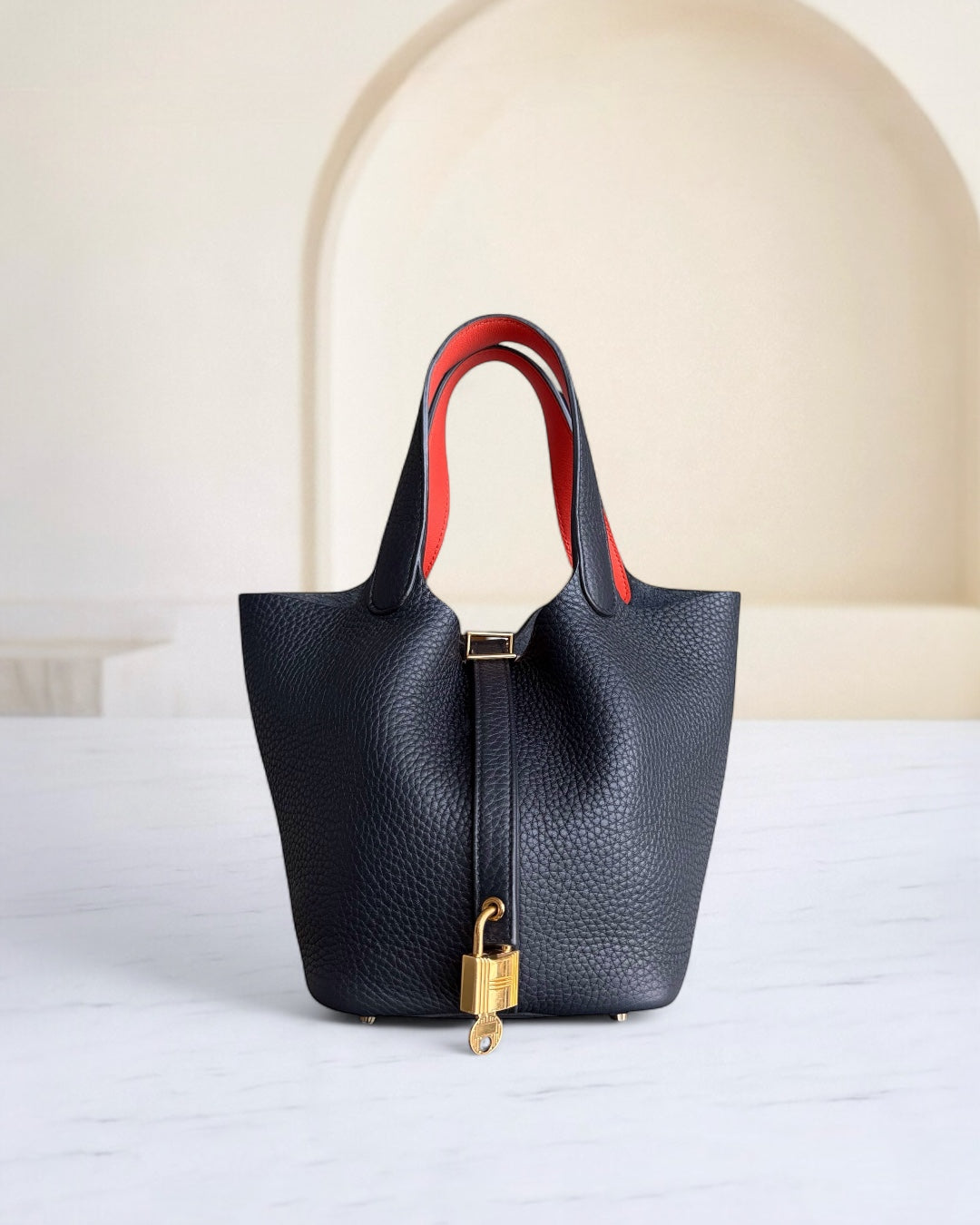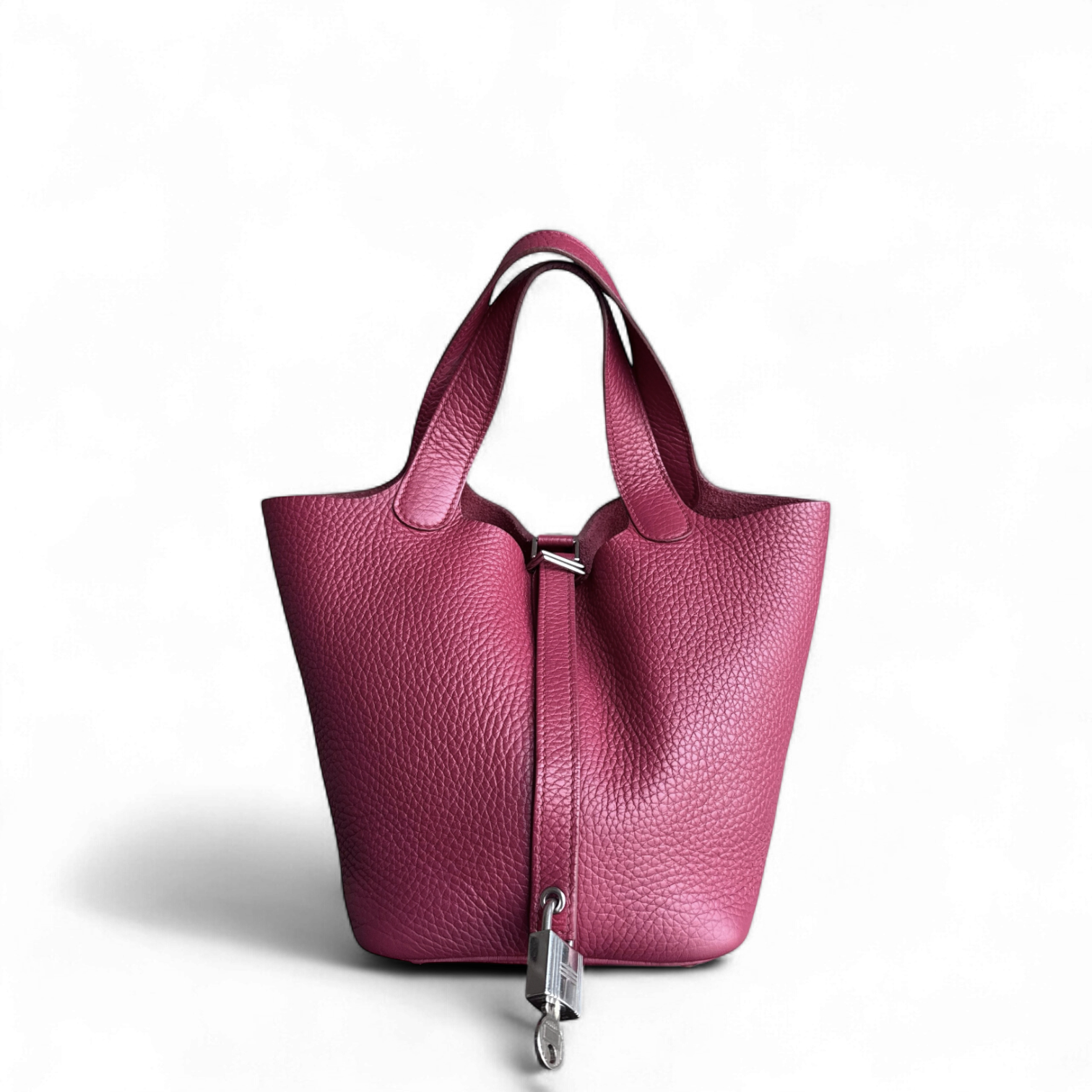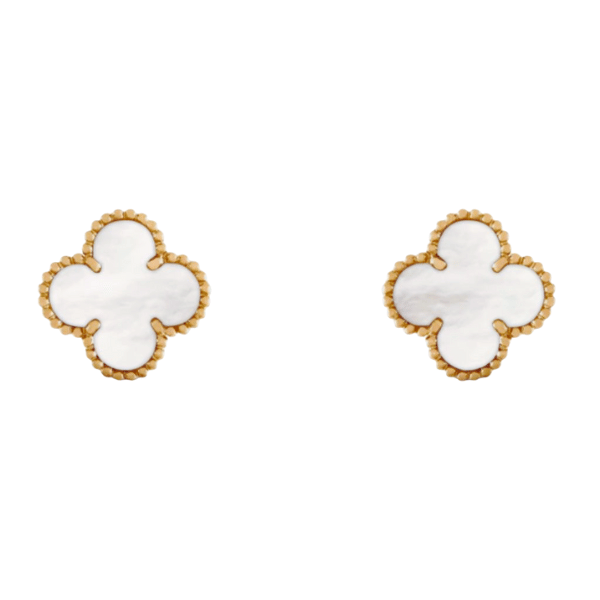Most Expensive Watch in the World: Exploring the Pinnacle of Horology
The world of haute horology embodies craftsmanship, innovation, and exclusivity. This becomes evident when one considers the crafting of the most expensive watch in the world. Not merely utilitarian timekeepers, watches stand as status symbols, works of art, and engineering marvels. This article examines the top-tier timepieces, exploring their value and desirability. Excellence and craftsmanship go into these creations, utilizing the finest materials and rare, new-age mechanisms that comprise the dignified timepieces, particularly the perpetual calendar chronograph wristwatch. Join us as we explore the gripping history, craftsmanship, and jaw-dropping price tags, including sales worth $31 million, that mark the pinnacle of horological design.
Introduction to the Most Expensive Watch

The Patek Philippe Grandmaster Chime Ref. The 6300A-010 is considered the most expensive watch ever, having been sold for $31 million at auction in 2019. This unique timepiece, crafted from stainless steel, offered 20 complications, including a perpetual calendar and a minute repeater. Its rarities, in combination with complexity and artistry, represent the pinnacle of watchmaking luxury.
Overview of Luxury Watches
Luxury watches are those that convey the sentiment of superior craftsmanship, the finest quality materials, and exquisite design. They entail mechanical movements, usually intricate ones, and, hence, complications, i.e., chronographs or tourbillons, that are true testaments of an individual's skill in engineering and accuracy. Patek Philippe, Rolex, and Audemars Piguet are established names that speak of excellence, watches that serve as both utilitarian objects and aspirational symbols. Generally, such pieces often retain or even escalate their worth, making their acquisition more favorable among collectors and enthusiasts.
Significance of Price in Horology
Price in horology is the chart of fine craftsmanship, materials, and complexity of the art of timekeeping. It is considered that very few watches are assembled by hand, that the highest quality materials are used, such as precious metals or sapphire crystal, and the fine movement mechanism requires expert attention and ability. Apart from this, the brand, its legacy, and the rarity factor all contribute to increasing the prices. Cast by these factors in the form of price, this can quite well specify the watch's quality, its life, and its position in the market of coveted pieces, especially if it is a luxury or limited-edition model.
What Defines the Most Expensive Watch?
The most expensive watches are characterized by their exclusivity, fine craftsmanship, and the use of exceptional materials. These timepieces often feature highly complex mechanical components, such as a perpetual calendar or a tourbillon, thereby exemplifying engineering expertise and justifiably entering the auction category of high-end watches. Their rarity can be compounded by being produced in limited quantities or by being unique designs. Also, their cost is influenced by rare materials such as diamonds and platinum, the use of meteorite dials, prestige, and the brand's pedigree in the horological industry. As a result, they are highly sought after by collectors and enthusiasts alike.
Historical Context of Expensive Watches

The Evolution of Luxury Watches
Luxury watches have undergone immense evolution over the centuries, combining craftsmanship with innovation and art. The origins of luxury watchmaking can be traced back to the 16th century, when portable timepieces began to represent status symbols for the royal houses and aristocracy in Europe. During this period, the pocket watches were handcrafted with the utmost care, often studded with diamonds and carved with intricate engravings.
The 20th century marked a significant turning point in watchmaking—the metamorphosis from pocket watches to wristwatches. Wristwatches gained widespread popularity due to their practicality during World War I. Afterward, prestigious names such as Rolex, founded in 1905, and Patek Philippe, established in 1839, came to represent precision and innovation, setting new standards of quality and beauty.
The second half of the 20th century saw the emergence of quartz technology, thereby significantly disturbing the market. However, the presence of quartz could never dethrone the prestige of mechanical luxury watches, for it is the old craftsmanship, coupled with complicated designs such as perpetual calendars or minute repeaters, that charm the buyers. Currently, the demand for luxury watches is strong, driven by modern trends that incorporate newer inventions such as blockchain-based authentication and sustainability-oriented manufacturing. Within this timeframe, the luxury watch market is reportedly valued at over $40 billion, with the integration of technology and the emergence of new markets propelling it to new heights.
Key Milestones in Watchmaking
- 16th Century - The First Watches: The term "portable timekeeper" emerged during the 16th century, with early designs, such as the Nuremberg Egg by Peter Henlein, marking the transition from stationary clocks to wearable devices. This transition laid the groundwork for modern-day luxury watches, including Rolexes.
- 1657 - Introduction of the Balance Spring: The balance spring, also known as a hairspring, was invented by Christiaan Huygens in 1657, marking a significant milestone in the advancement of mechanical watch accuracy.
- 1775 - Founding of Breguet: Reawakened with innumerable improvements and innovations such as the tourbillon and self-winding movements by Abraham-Louis Breguet.
- 1904 - The First Modern Wristwatch: The development of the Santos wristwatch by Louis Cartier for Alberto Santos-Dumont marked a significant milestone in the popularization of wristwatches over pocket watches.
- 1969 - Quartz Technology: The era following the launch of the Astron by Seiko, a quartz-powered watch that promised precision and affordability.
- 21st Century - Smartwatch Revolution: The digital integration brought about by the introduction of smartwatches, with the Apple Watch as its pioneer in 2015, redefined the functionality and desirability of wristwatches.
Notable Auction Events
- Paul Newman's Rolex Daytona (2017): Paul Newman's Rolex Daytona, hardly outside the sights of his racecar driver fame, then set a record for the most expensive wristwatch with a bidding price of $17.8 million.
- Patek Philippe Grandmaster Chime (2019): This ultra-complicated grand complication wristwatch achieved the price of $31 million, making it the most expensive wristwatch ever sold at auction.
- George Daniels Space Traveller I (2019): One of independent watchmaker George Daniels' masterpieces, the Space Traveller I, set a price of $4.6 million, representing the value of handmade items.
- Heuer Monaco Worn by Steve McQueen (2020): The Heuer Monaco, famous for its association with the Le Mans race, sold for $2.2 million, endorsed by Hollywood and the history of auto racing.
Detailed Description of the Watch's Features

Craftsmanship and Materials
The craftsmanship of luxury wristwatches embodies a tradition of precision and creativity, combining age-old methods with cutting-edge technology, as exemplified by Patek Philippe. Most high-end timepieces are crafted using premium materials, such as 18k gold, platinum, or high-grade stainless steel, ensuring they are durable and retain timeless value. Besides high-grade stainless steel, some watches feature a sapphire crystal, which is highly rated for its scratch resistance and clarity, thereby safeguarding the fascinating dial beneath.
The movements housed in these timepieces, whether mechanical or automatic, demand the finest technical skill, ranging from the simplest hand-finished parts to elaborate engraving or decorative techniques such as perlage and Côtes de Genève on movement plates or bridges —an immaculate effort on the part of the watchmaker. He continues to utilize modern materials, such as silicon, in the escapement, thereby ensuring improved performance with reduced wear.
The straps and bracelets, as refined as the watch itself, are crafted from alligator leather, rubber, or ceramic materials, all meant to provide comfort with style. Additionally, water resistance and antimagnetic properties are often offered to meet modern specifications, and yet, traditional horology standards remain. Combined, these features demonstrate how fine horology embodies the fusion of time-honored tradition and innovation.
Mechanism and Functionality
The mechanism of a fine timepiece lies at the intersection of intricate engineering and precise craftsmanship. Modern mechanical watches typically have either manual or automatic movements, in which components such as gears, springs, and escapements work in tandem to measure time accurately. For instance, escapements such as the Swiss lever escapement transfer energy evenly to maintain precision over a prolonged period.
Some recent advancements incorporate silicon parts into the movements, making them more resistant to magnetic fields and other environmental changes, a feature often heralded by the most expensive watch brands. Moreover, innovations such as co-axial escapements lessen friction, thereby enhancing movement efficiency and longevity. Most high-grade watches feature power reserves, often exceeding 70 hours, which enable consistent timekeeping even when not worn consecutively for extended periods.
Until today, watches at least represent function, replete with complications such as chronographs, perpetual calendars, and tourbillons, which are almost always associated with watch auctions. These complications are highly technical and add somewhat to the utility and aesthetic appeal of a watch. The COSC certification (Contrôle Officiel Suisse des Chronomètres) assures that these watches can maintain chronometer-level precision, implying mechanical precision and supreme quality, which is indeed the essence of good horology.
Unique Design Elements
Modern high-end watch design combines artistic innovation with precise engineering to create one-of-a-kind timepieces, such as the renowned Rolex. Materials such as ceramic, titanium, and sapphire crystal are often used for durability and lightness, ensuring practicality and longevity. Many a luxury brand has had the gift of hand-engraving and guilloché work put onto the dials, signifying supreme craftsmanship and attention to detail.
Color combinations play a crucial role in unique design, with gradient dials becoming a significant trend. These slowly changing hues give the impression of greater depth and dimension to the dial's surface. Additionally, skeletonized designs enable the wearer to appreciate the movement's mechanical intricacies and seek out advanced craftsmanship from within.
Another trend is the use of environmentally sustainable materials, such as recycled metals and bio-equivalent materials for straps, in line with Eco-practices. These new materials represent a desire to balance prestige with responsibility, where cutting-edge considerations are fused with ethically framed considerations.
Significance in the Luxury Market

Impact on Luxury Watch Brands
The integration of innovative designs and sustainable practices heavily influenced high-end watch brands, shifting their marketing strategy and appeal. The global market for luxury watches is expected to reach $51.31 billion by 2028, growing at a CAGR of 5.2% from 2021 to 2028. This is because there is an increasing demand for timeless mechanical craftsmanship, coupled with environmentally friendly manufacturing processes, as evident in various watches sold at auctions.
Renewable energy power generation and certified recycled materials are examples of sustainability-focused initiatives run by Rolex, TAG Heuer, and Omega. These sustainability initiatives create a positive image in the eyes of consumers; however, from the perspective of millennials and Gen Z buyers, who increasingly want their consumption to be ethical, the initiatives truly come to life. Additionally, integrating cutting-edge technology, from hybrid smartwatches to new materials like carbon composites, enables traditional brands to compete with tech-first brands, further expanding their influence in an increasingly diverse market.
Overall, luxury watch brands are balancing act among design, innovation, and sustainability. Properly balancing these elements will enable a brand to strengthen its heritage while meeting the increasingly high expectations of today's consumers.
Market Trends for Expensive Watches
The market for luxury watches is experiencing significant growth, driven by a variety of factors, including the proliferation of technology, the ever-increasing base of consumers, and a shift in preferences toward sustainability and a bespoke approach. According to recent industry data, the global luxury watch market is slated to expand at a CAGR of roughly 5% in the period from 2023 until 2030. The major contributors to growth are the emerging markets, which are witnessing strong demand, particularly in the Asia-Pacific region, where affluent consumers primarily view luxury watches as a symbol of status and an investment.
The integration of technology continues to influence the market landscape; thus, high-end brands incorporate technology for features such as GPS, heart rate monitoring, and smartphone pairing to appeal to their technology-oriented customers without compromising craftsmanship. In addition, heritage watchmakers are incorporating eco-friendly changes, including recycled steel and leather alternatives, which align with the values of contemporary buyers.
Pre-owned luxury watches are experiencing a surge in demand, driving the growth of markets for certified secondhand watches. This trend is fueled by buyers seeking more affordable entry into luxury brands and collectors pursuing rare or discontinued models, including sought-after pieces from Patek Philippe. Transparency concerning the authenticity of pre-owned watches has built confidence in this segment and further driven its growth.
The notion of customization being forever in fashion makes a strong claim here. Bespoke alternatives that offer custom engravings, exclusive designs, and limited-edition releases appeal to consumers who want to personalize their unique products with their persona and further enhance the appeal of luxury timepieces.
Influence of the Watch on Collectors
As timepieces are increasingly accepted as both an artistic pursuit and an investment opportunity, the influence of luxury watches upon collectors has grown. Iconic watches, such as the Rolex Submariner and the Patek Philippe Nautilus, are considered by many collectors to be worthwhile investments due to their historical significance and, generally, their tendency to appreciate. For this reason, global auction house sales figures have recently reached unprecedented heights for rare vintage watches, with some selling for millions of dollars.
Moreover, technological developments have contributed to the transformation of the watch-collecting environment. More and more online portals and marketplaces are making luxury watches increasingly accessible to collectors, allowing them to follow market trends, study the history of production, or source rarer pieces with great precision. Blockchain technology has also been shaping the industry by offering solutions to digitally certify the authenticity of watches, thereby limiting counterfeit concerns and bolstering consumer confidence.
Additionally, collectors find watches with limited production runs, innovative new complications, or frontier materials attractive, as they convey a statement about exclusivity and craftsmanship. In response to the report findings, sustainability might also influence the collector market, with an increasing demand for watches made from responsibly sourced materials or recycled elements. These changes suggest a shift in the collector's outlook and approach, placing greater emphasis on uniqueness and investment value.
The Significance of the Most Expensive Watch

Why It Stands Out in the World of Horology
The most expensive watches stand out in horology due to exceptional craftsmanship, rare materials, sporadic designs, precision engineering, and innovative integrity. Such watches often feature minute repeaters or perpetual calendars, which fetch extremely high prices in watch auctions. Very few pieces are made, which further enhances the exclusivity of such a watch. This exclusivity has made it the measure of glory and heritage there. Such watches are also able to act as a good investment, retaining or increasing their value while they are still showcasing the utmost artistic and technical excellence.
The Future of Luxury Watches
The luxury watch industry is gradually adapting to new technological advancements and evolving consumer needs. The convergence of smart features in high-end watches is becoming increasingly apparent, with luxury brands shifting towards wearable technologies while retaining traditional craftsmanship, much like premium watch brands. Hybrid watches, for instance, embody the merging of analog watch mechanisms with digital features, providing functionalities such as fitness tracking or smartphone notifications without compromising elegance.
Sustainability is also contributing to determining the future of luxury watches. Many brands are moving towards environmentally friendly activities, which may include the use of recycled material for making the constituent parts of a watch and its packaging or implementing carbon neutrality in their manufacturing processes. Today's conscious consumers appreciate transparency regarding sourcing and ethical production methods.
Market predictions indicate a steady rise in the luxury watch industry, driven by robust demand in the Asia-Pacific region and the Middle East. Industry reports foresee the global luxury watch industry to attain a market value of $50 billion-plus by 2030, discriminated by the spur of affluent buyers whose increased demand for best-quality artisanal products.
Moreover, the e-commerce boom and innovative digital marketing are making luxury watches more accessible to consumers from diverse backgrounds. While heritage and exclusivity remain the bedrocks of this industry, a modern approach creates opportunities for high-end watches, including Patek Philippe Ref., to connect with the new generation of buyers.
Final Thoughts on Value and Legacy
The enduring value and legacy of luxury timepieces are rooted in meticulous craftsmanship, timeless style, and the myriad emotions they evoke in their owners. Some recent market studies have indicated that the global luxury watch market is expected to consolidate at a 4-5% CAGR over the next decade, courtesy of technology integration and the emerging consumer base. Many of the iconic brands we come to know and appreciate have since turned their attention to sustainability and begun implementing eco-friendly production methods, including the use of ethically sourced materials and renewable energy, thereby making these watches even more attractive to socially conscious consumers.
At the same time, certified pre-owned luxury watch platforms testify to a growing interest amongst the young generation, championing the notion of vintage watches as investments and carriers of heritage. Collectible watches, for example, have fetched astronomical prices in auctions worldwide, thereby proving that watches can be viewed, somewhat paradoxically, as both applied art and investments. The continuous development of materials and innovative features, while staying true to the art of watchmaking, reflects the vibrant spirit that constitutes the heritage and carries a timeless, courageous façade, thus rendering such watches apt and desirable for all generations to come. This is the very aspect that makes luxury watches symbols of individualistic expression and agents of evolving legacy.
Frequently Asked Questions (FAQs)
Q: What is the most expensive watch in the world?
A: The Patek Philippe Grandmaster Chime Ref. The 6300A-010 is the world's most expensive watch, having been sold for a mind-boggling $31 million at an auction. The watch boasts 20 complications, which include grande and petite sonnerie, perpetual calendar, and a reversible case.
Q: How does the Patek Philippe Henry Graves Supercomplication compare?
A: The Henry Graves Supercomplication of Patek Philippe is considered to be one of the most complicated watches ever designed, boasting 24 complications. Made in 1933, it has a rich history among watch collectors and is highly sought after in the luxury watch market, often commanding record prices at auctions.
Q: What other expensive watches have been sold at auctions?
A: Other expensive watches ever sold at an auction include the Rolex Daytona "Paul Newman," which went for over $17 million. And the Chopard 201-Carat Watch, which boasts 874 diamonds, including three heart-shaped diamonds. These watches represent the pinnacle of luxury watch brands.
Q: Why is the Graff Diamonds Hallucination considered a billionaire watch?
A: A rare and extravagant timepiece with a valuation of $55 million, the Graff Diamonds Hallucination owes mainly to the value of 110 carats of rare colored diamonds set in a platinum bracelet. This unmistakably makes this design and materials worthy of the billionaire's title.
Q: How did Marie Antoinette receive fame?
A: The famous French queen, Marie Antoinette, is renowned for the intricate design and historical importance. Although it was completed many years after her death, it is a testament to the richness and artistry of Breguet watches and is likely one of the most sought-after watches.
Q: What are the mechanisms by which the elegant Patek Philippe Supercomplication differs?
A: The Patek Philippe Supercomplication is distinguished by its complex mechanisms, which include a perpetual calendar, sunrise and sunset times, and a moon phase indicator, contributing to its ranking among the most expensive watch brands. Distinguished by workmanship and accuracy, it is considered one of the most legendary watches in history.
Q: What makes the Rolex Daytona an expensive watch?
A: Rolex Daytona is considered an expensive watch due to its famous identity, precision chronograph functions, and affiliation with motorsport. Some limited editions or model variations have sold for the million-dollar range, further entrenching its position as one of the most expensive watches ever.
Q: Do diamond-set watches raise their value?
A: Diamond-set watches, with their emerald-cut diamonds as one style and full diamond settings as another, raise the value of the timepiece quite extraordinarily. In the diamond watch market, the rarity and quality of diamonds used, combined with the artisanal quality of the watch, produce an almost insatiable demand.
Q: What are the top 10 most expensive watches in the world in 2025?
A: In 2025, the most expensive 10 watches include the Patek Philippe Grandmaster Chime Ref. 6300A-010, the Graff Diamonds Hallucination, and the Patek Philippe Henry Graves Supercomplication. Some others that also make a standard entry include the Rolex Daytona and Chopard 201-Carat Watch in light of their historical significance and status of luxury.
Reference Sources
What You Need To Know About Richard Mille Watches - It, too, has, similarly to other articles, a block with text, which describes Richard Mille watches and is provided by the University of Georgia.
Contact Luxury Evermore should you need help with acquiring or building up your collection. There is a variety of brands with different styles, as well as sizes, and colors, for example, Hermes, Chanel, lv and Dior. If you are not lucky enough to find the bag you are looking for on our website then our concierge team will probably be able to order it for you. We provide 100% authenticity guarantee for all our bags, and any item sold on this site will be dispatched to you within one to two business days upon receipt of the payment.




